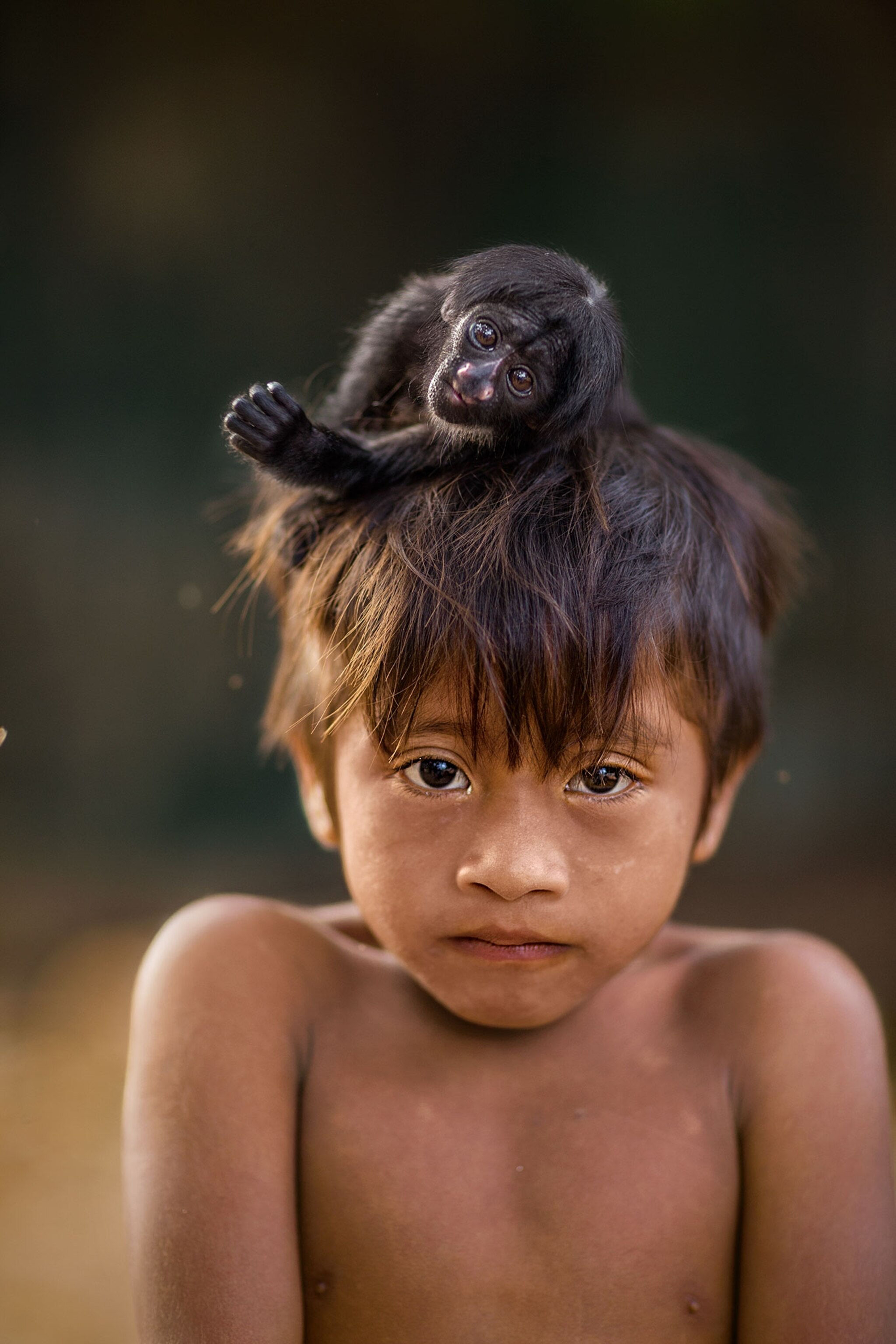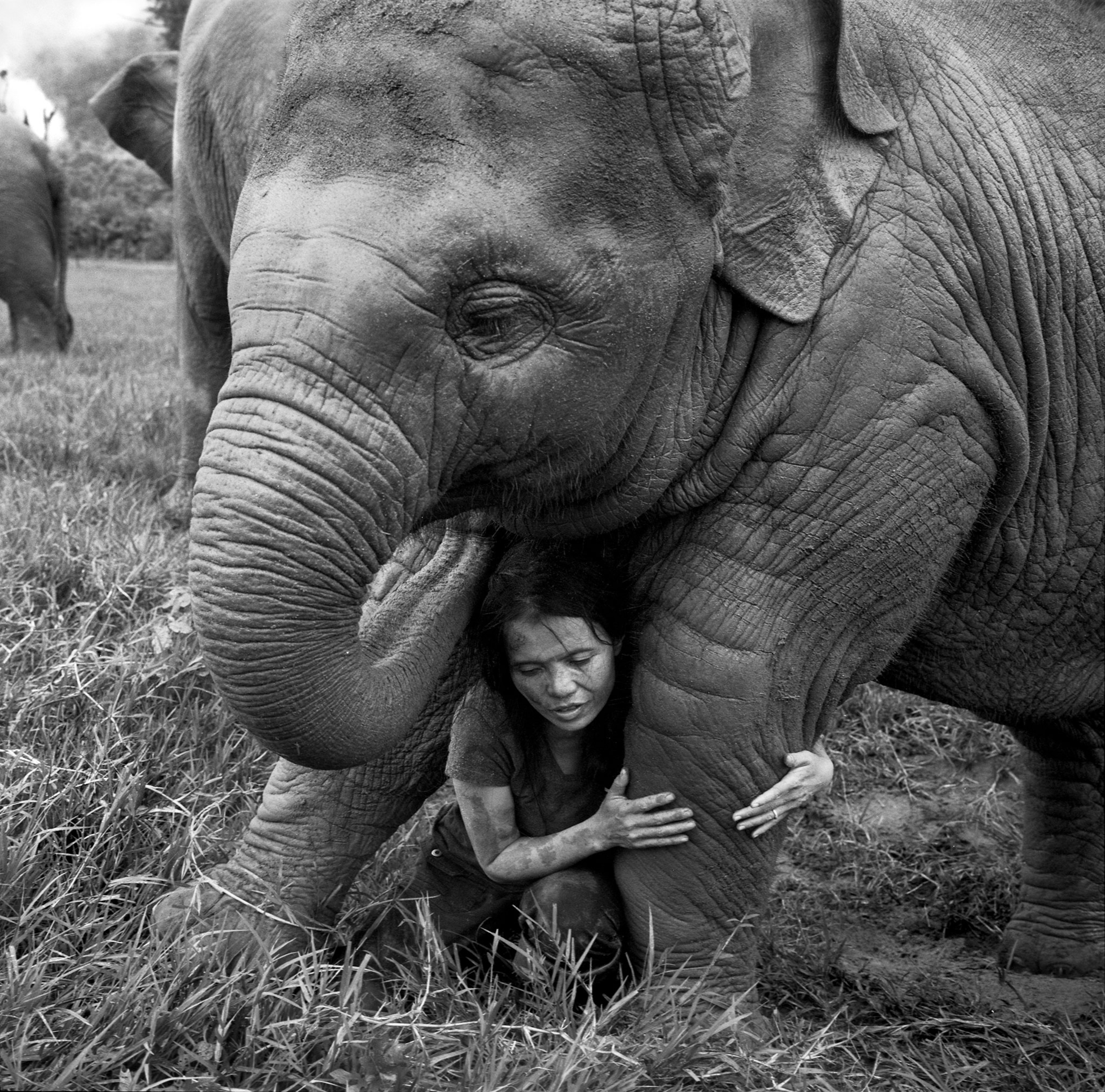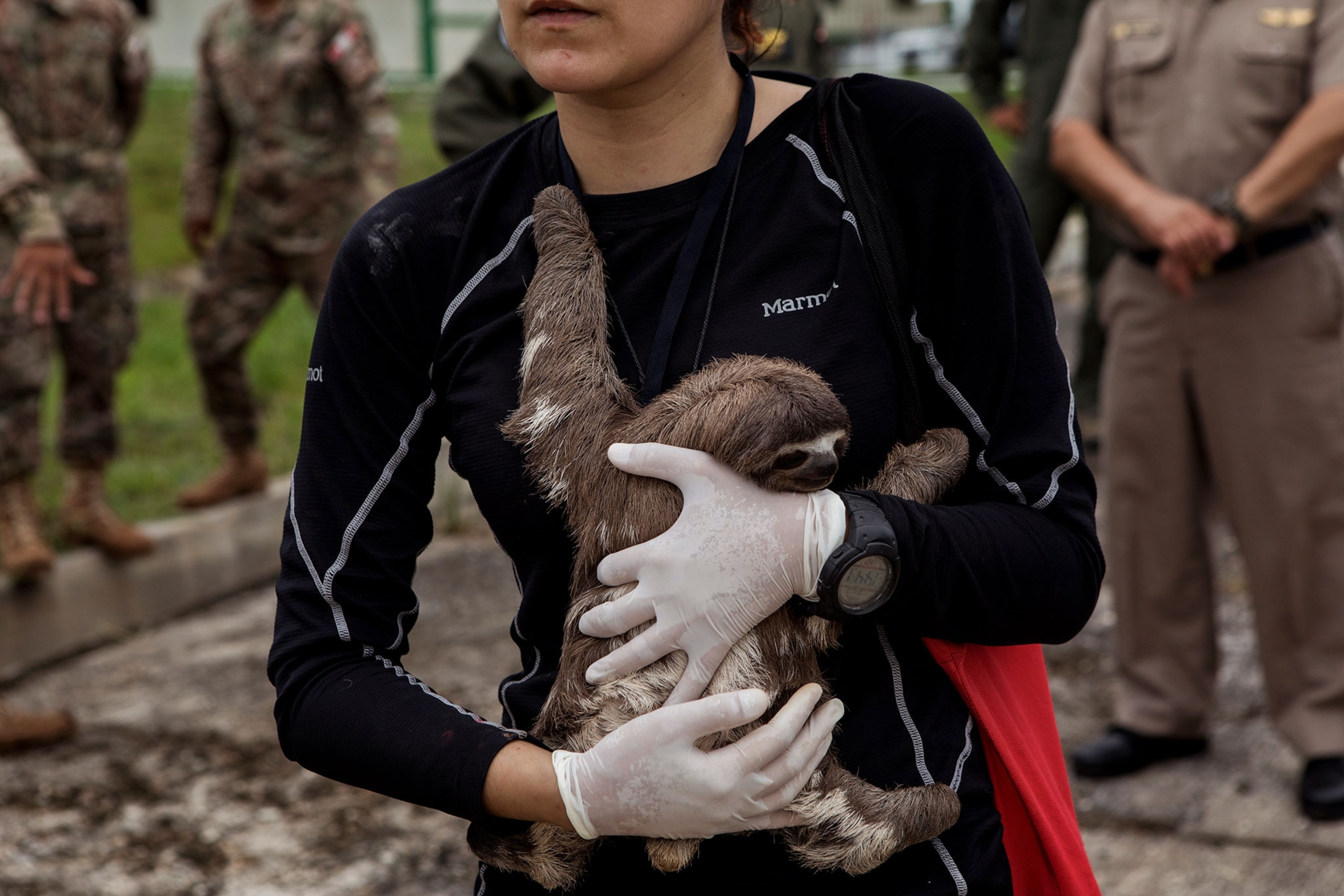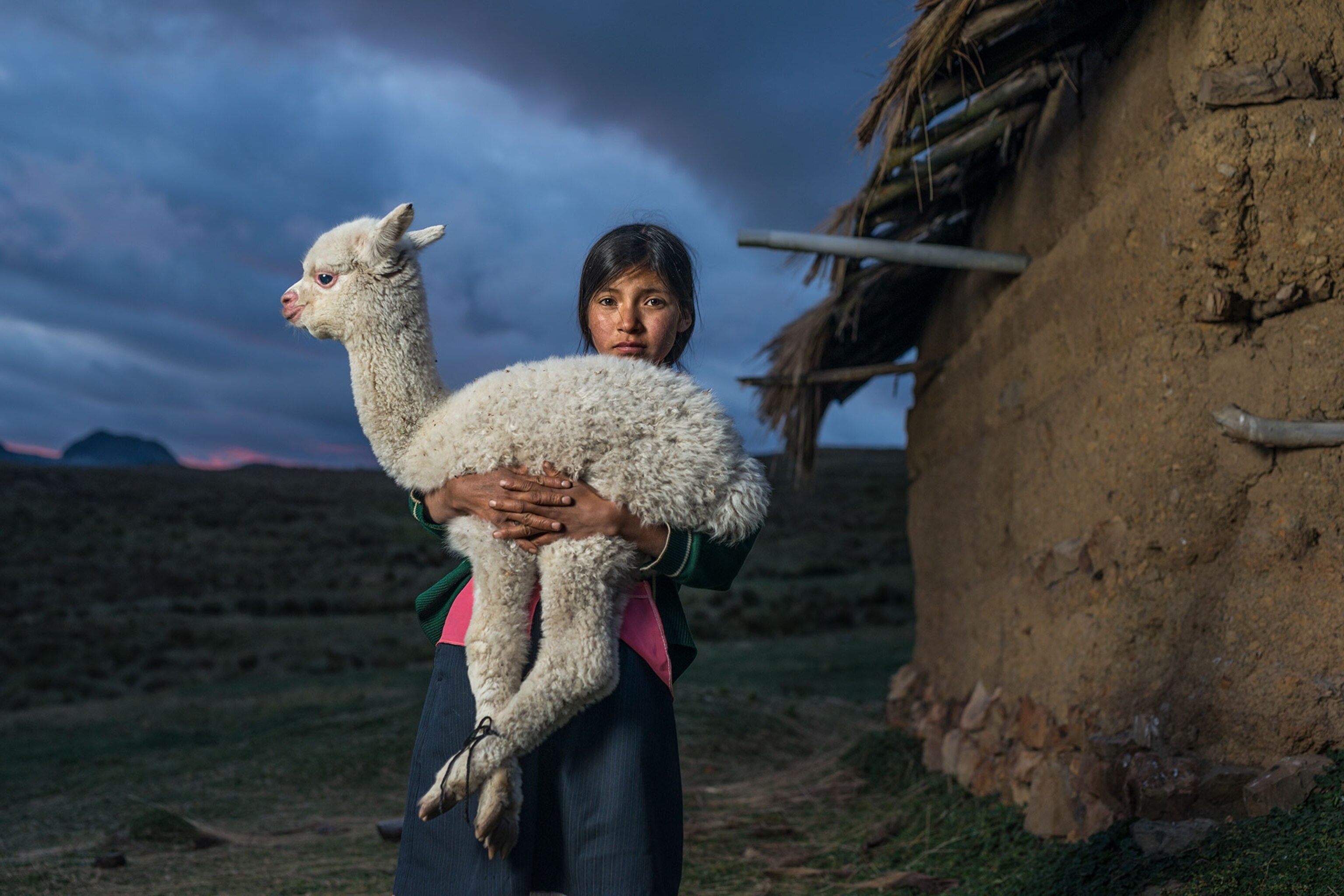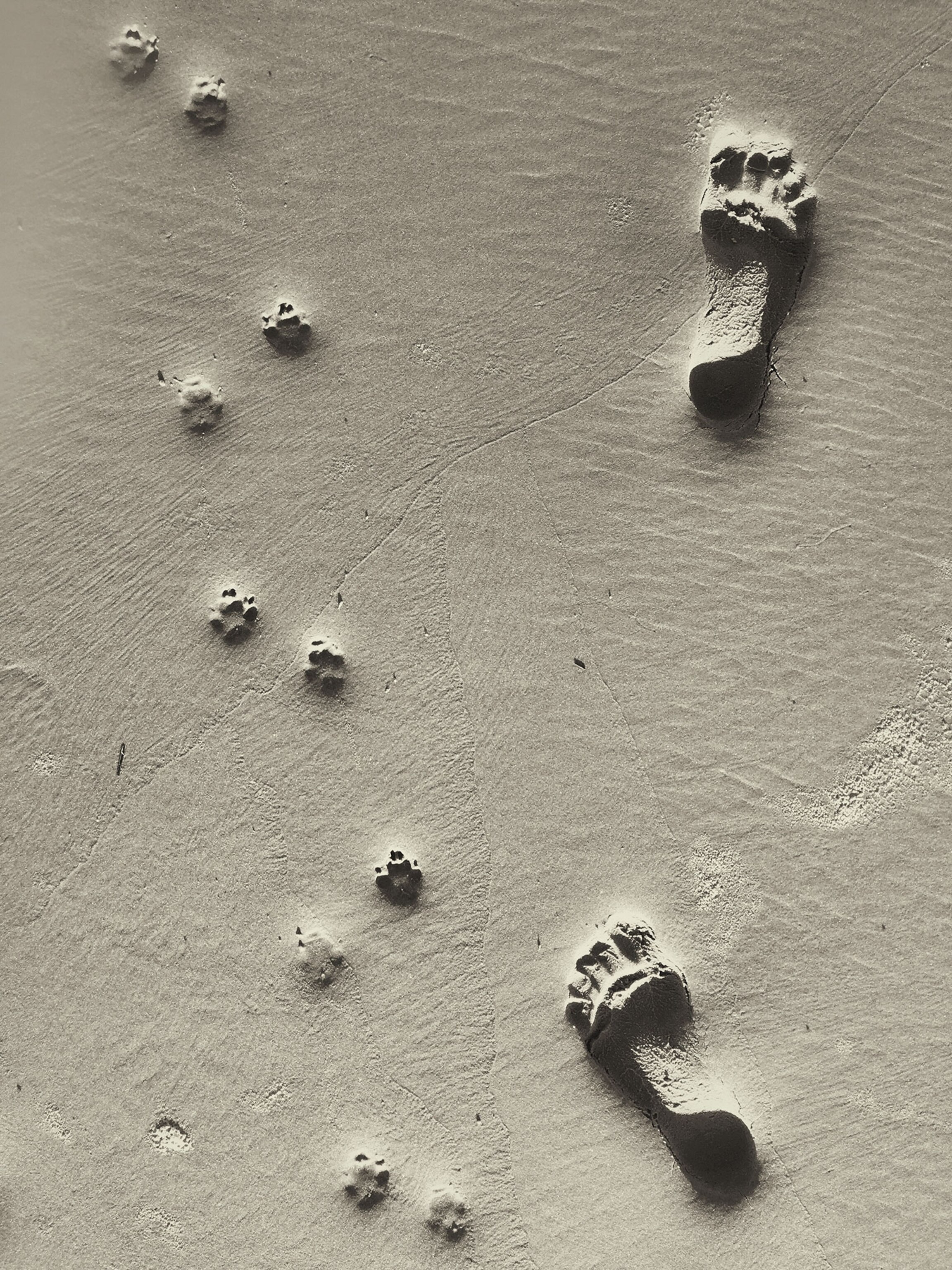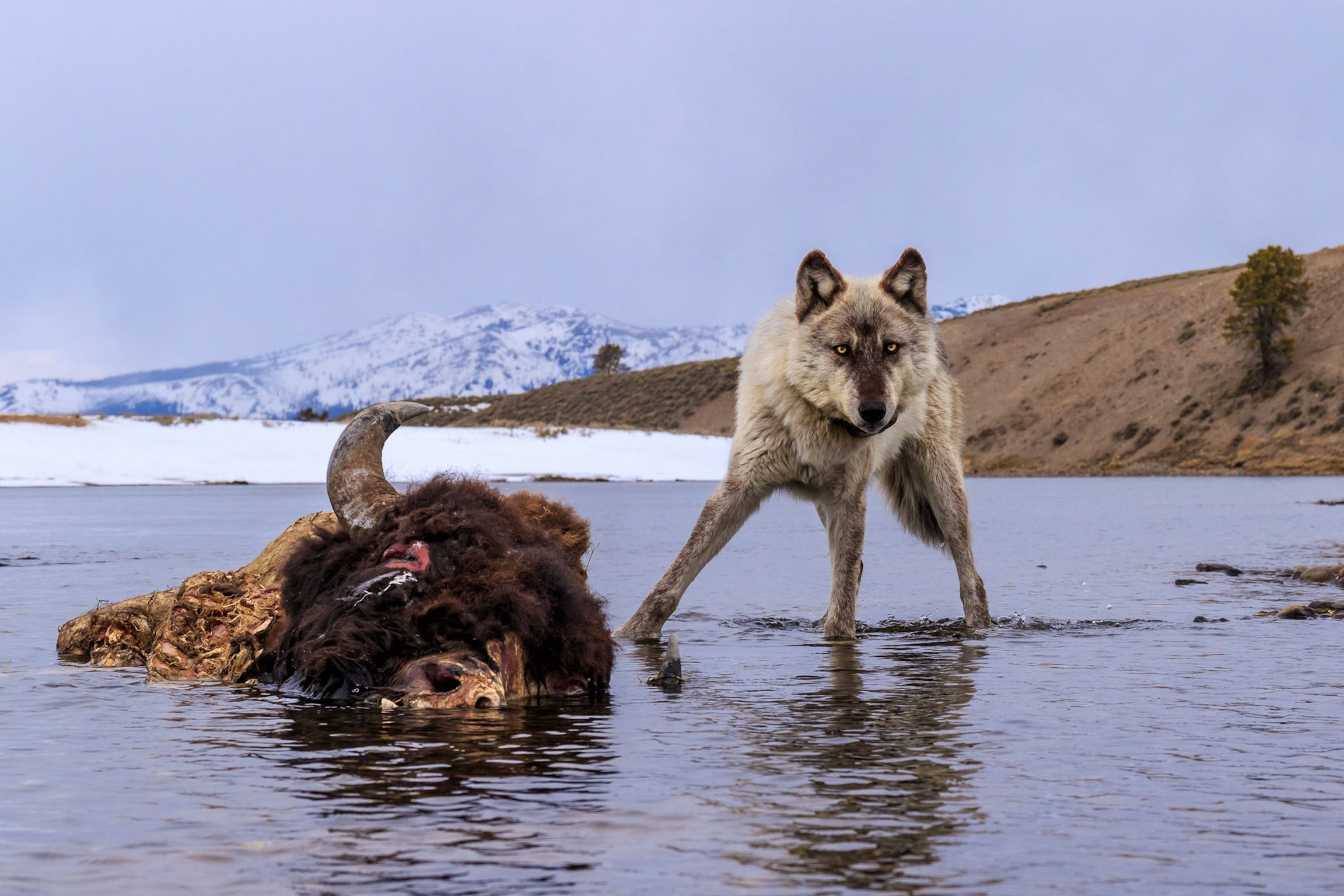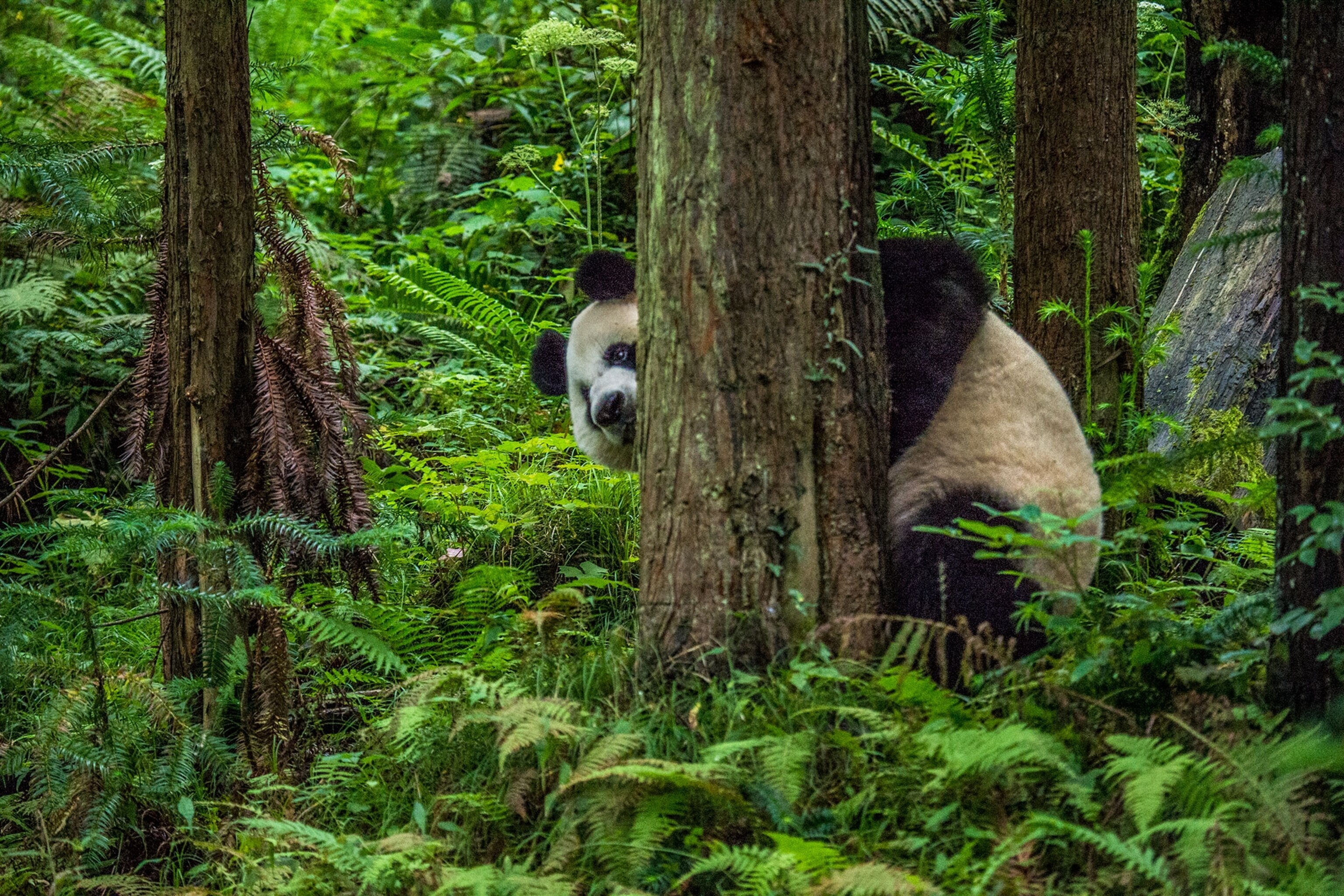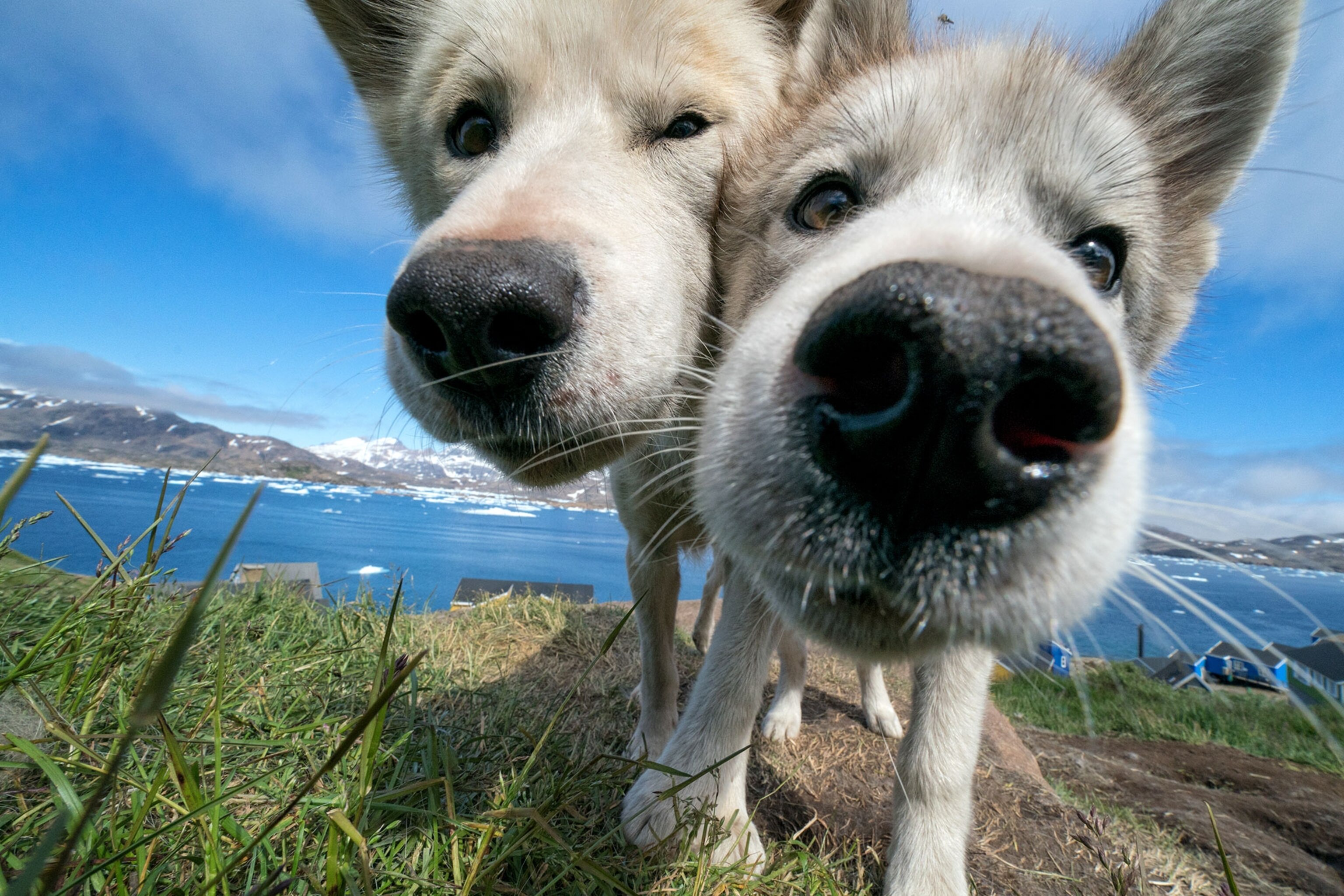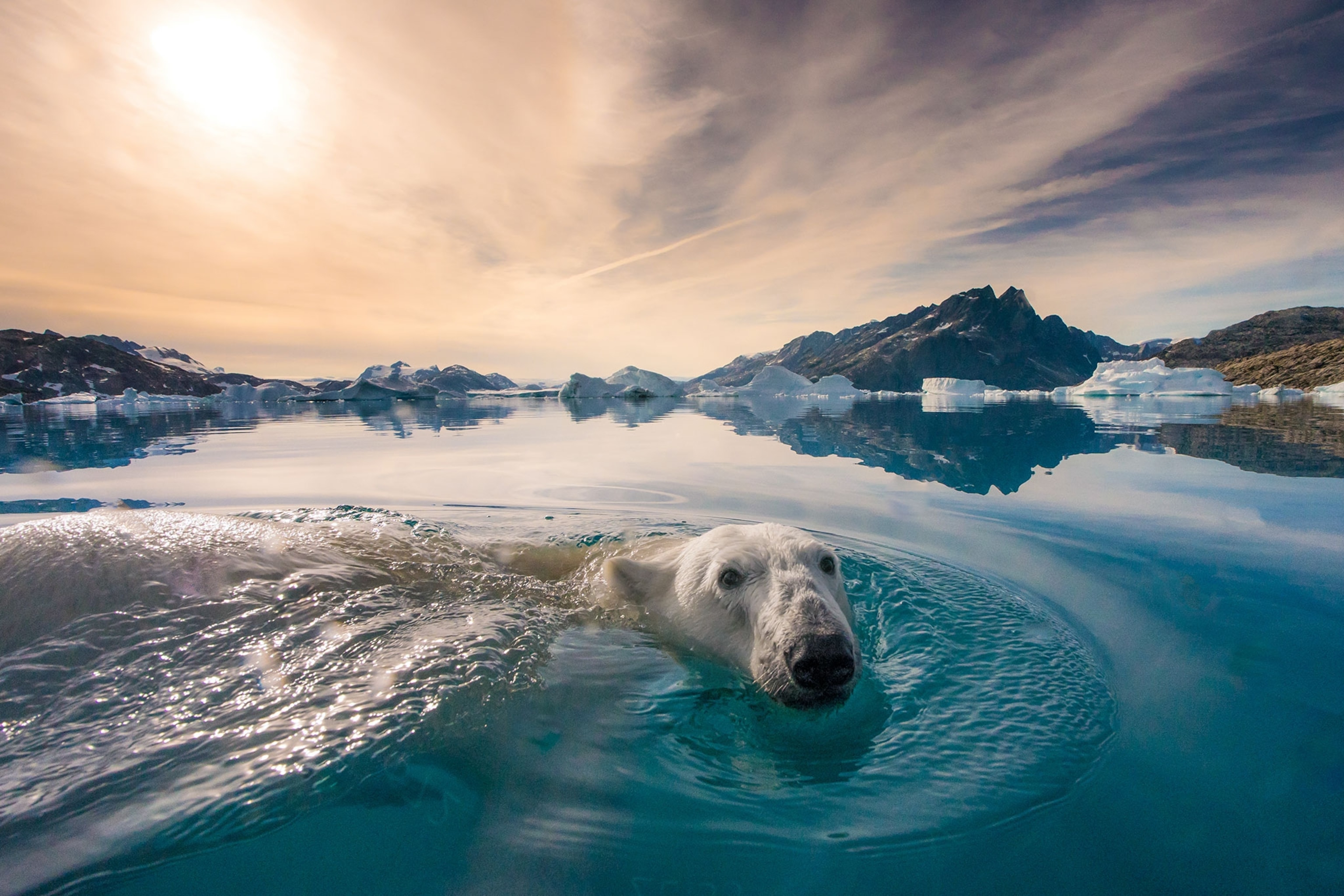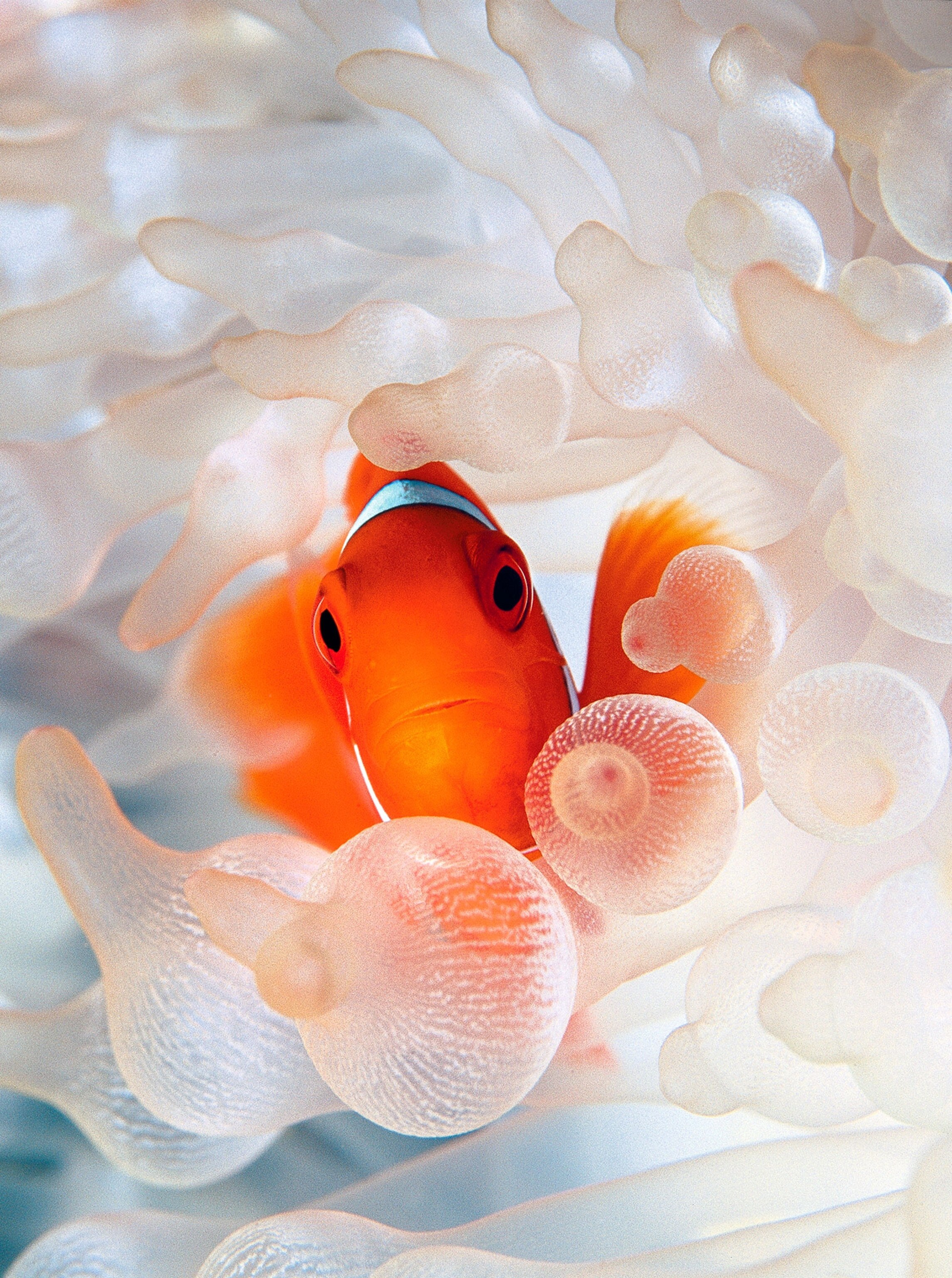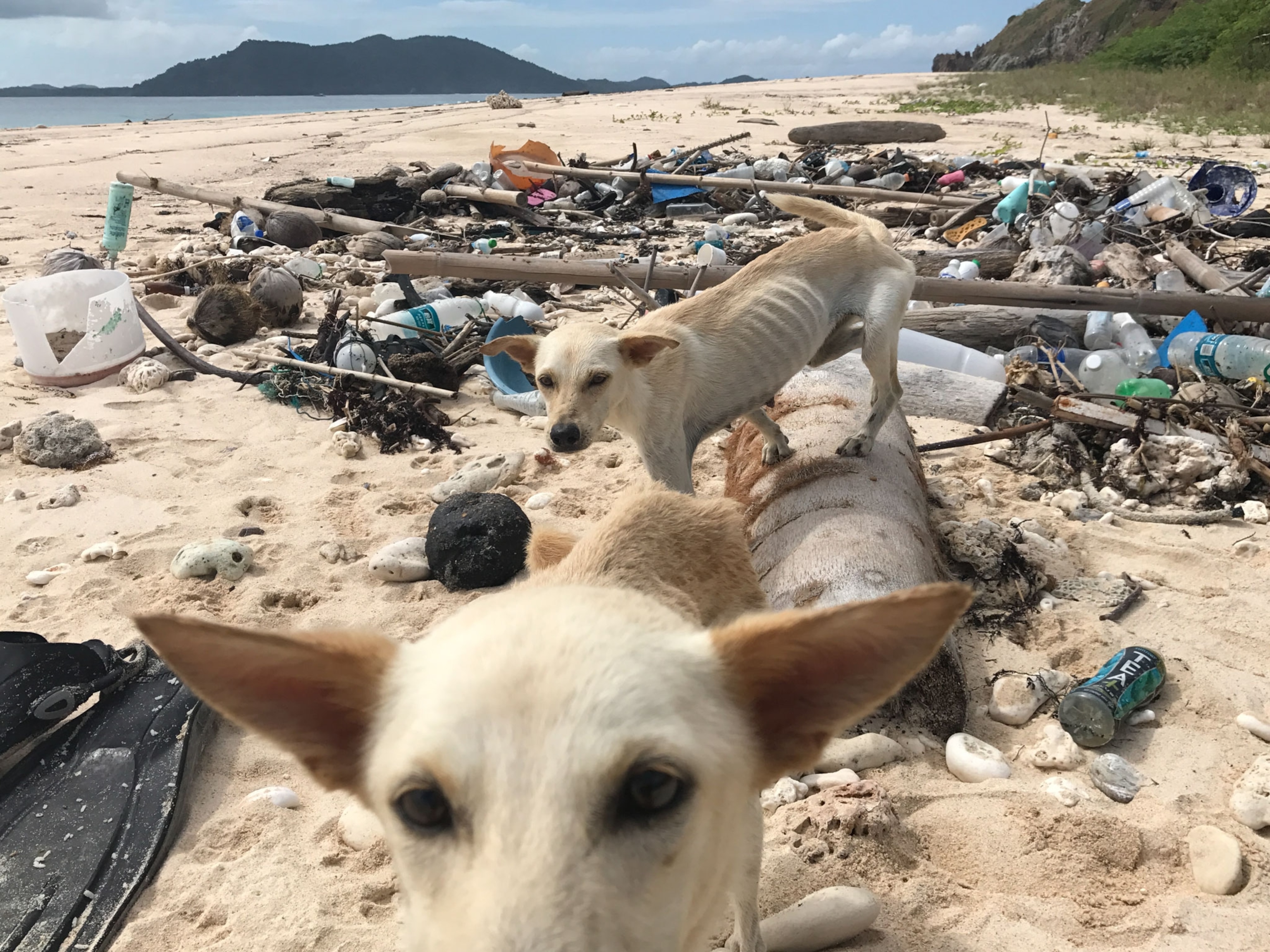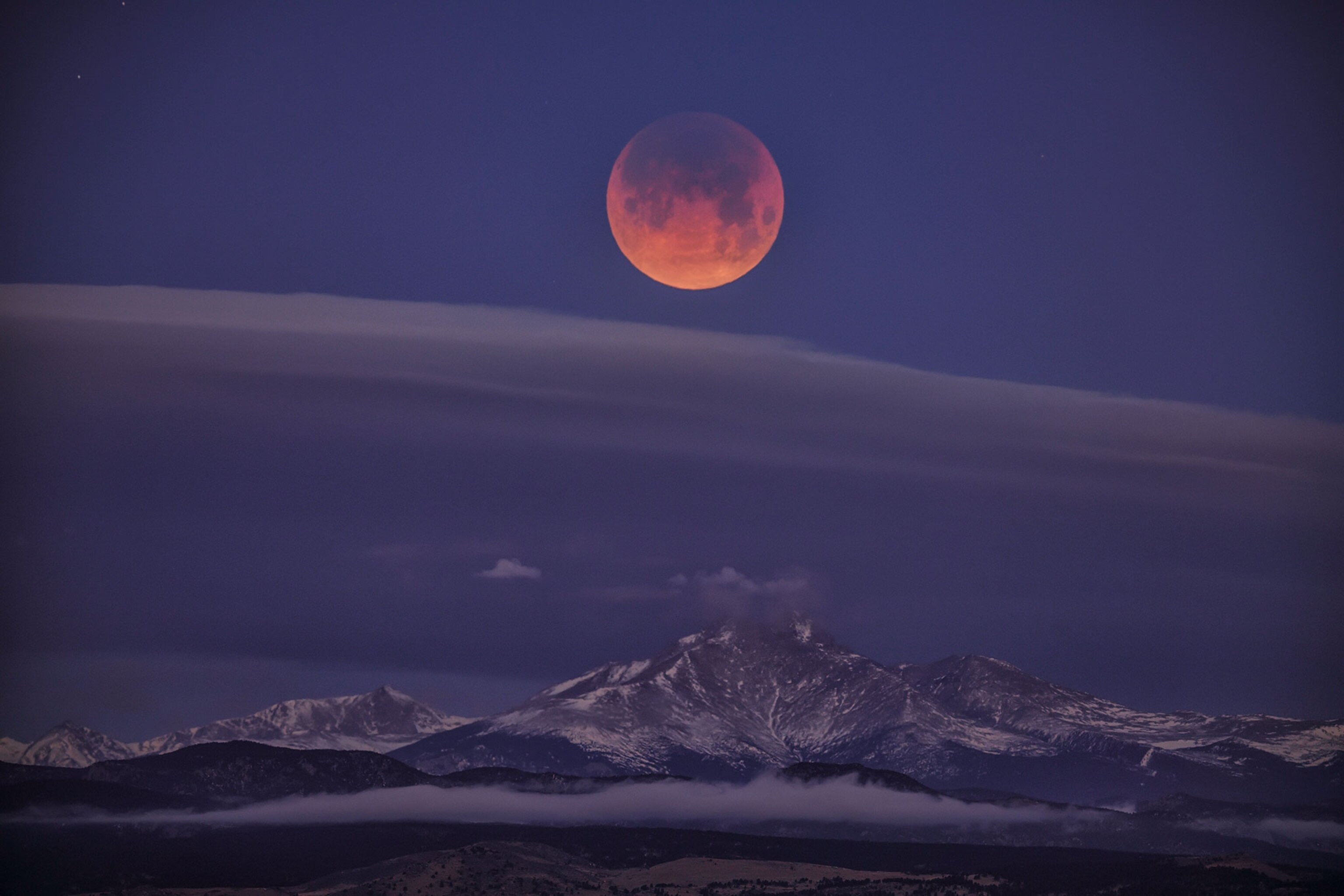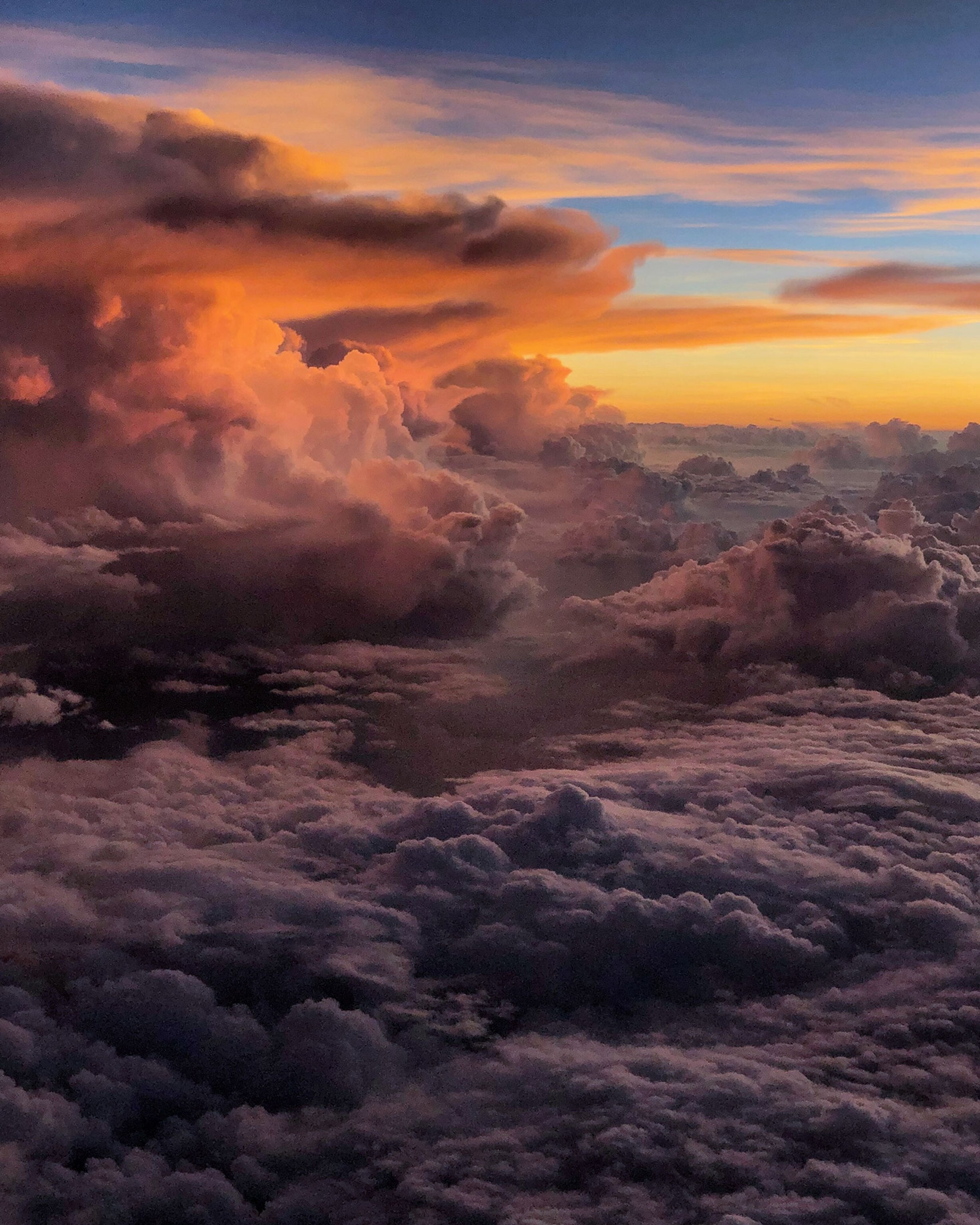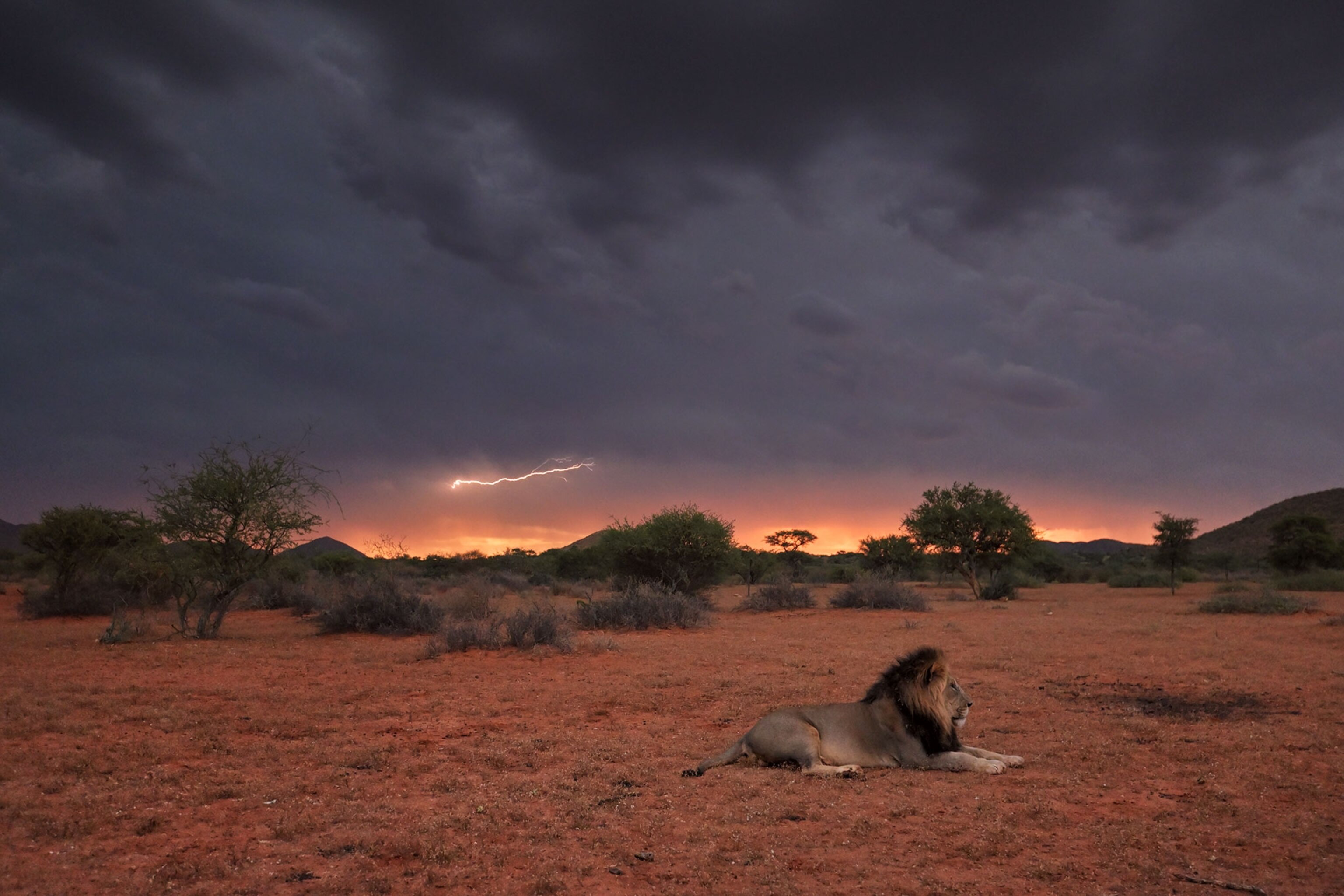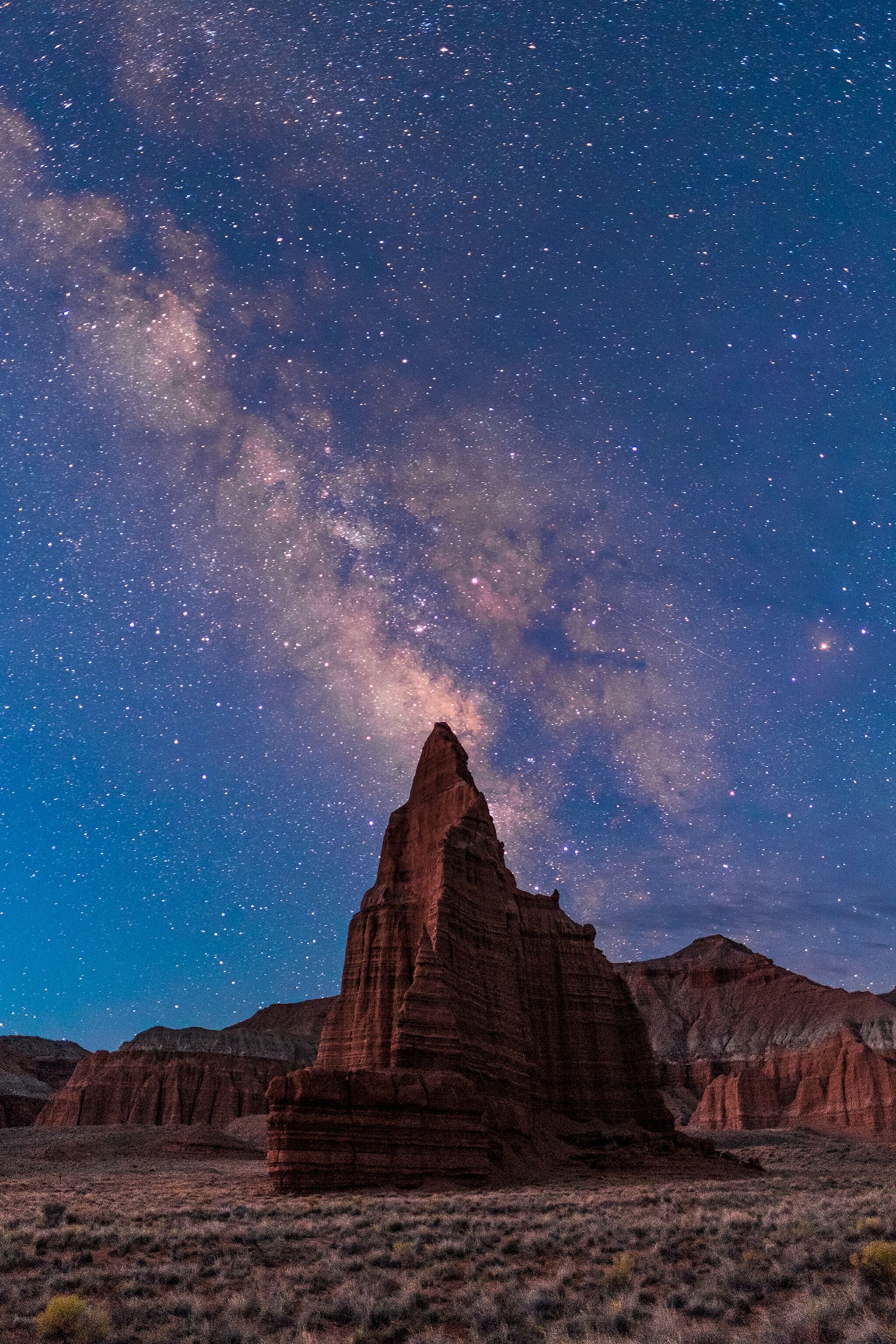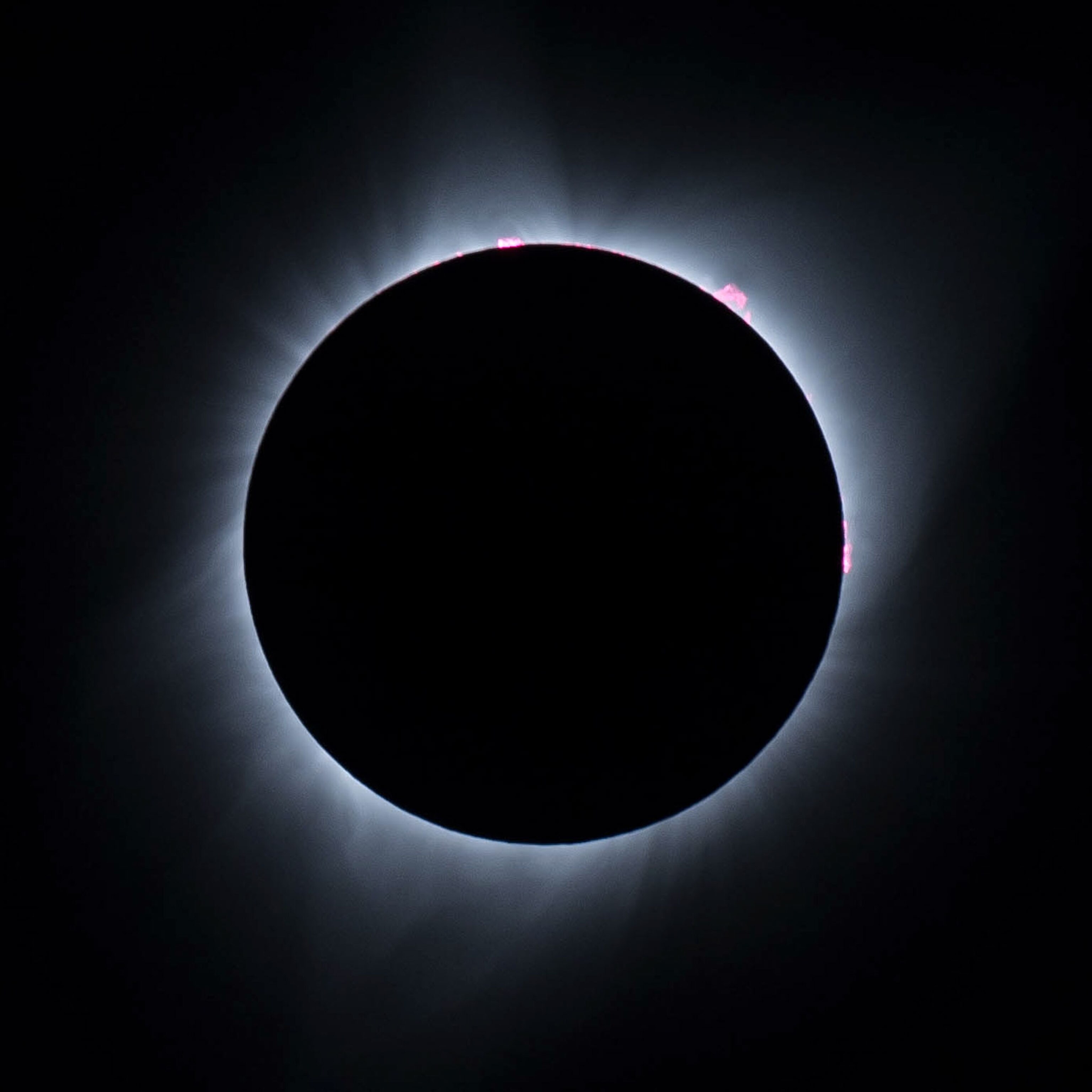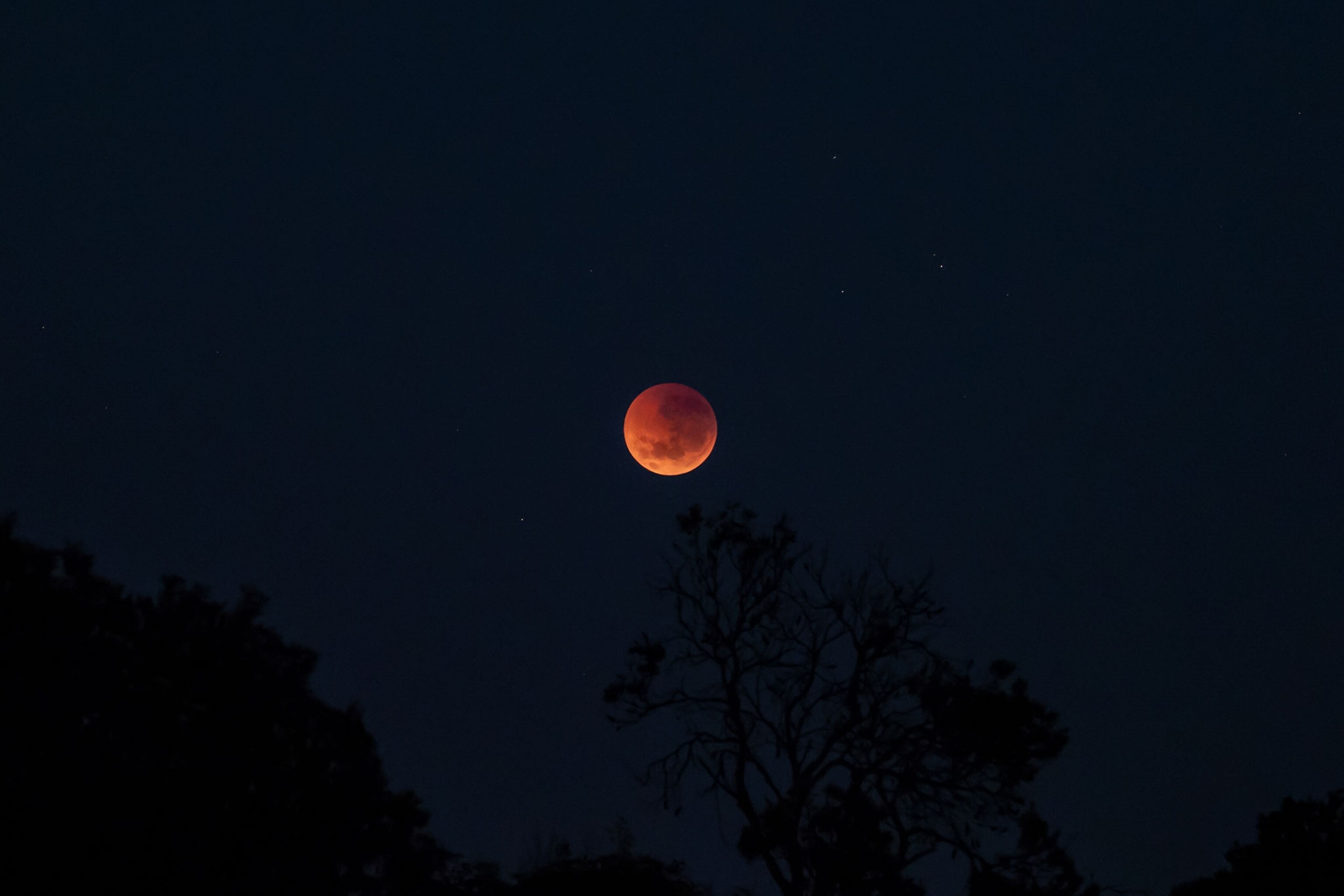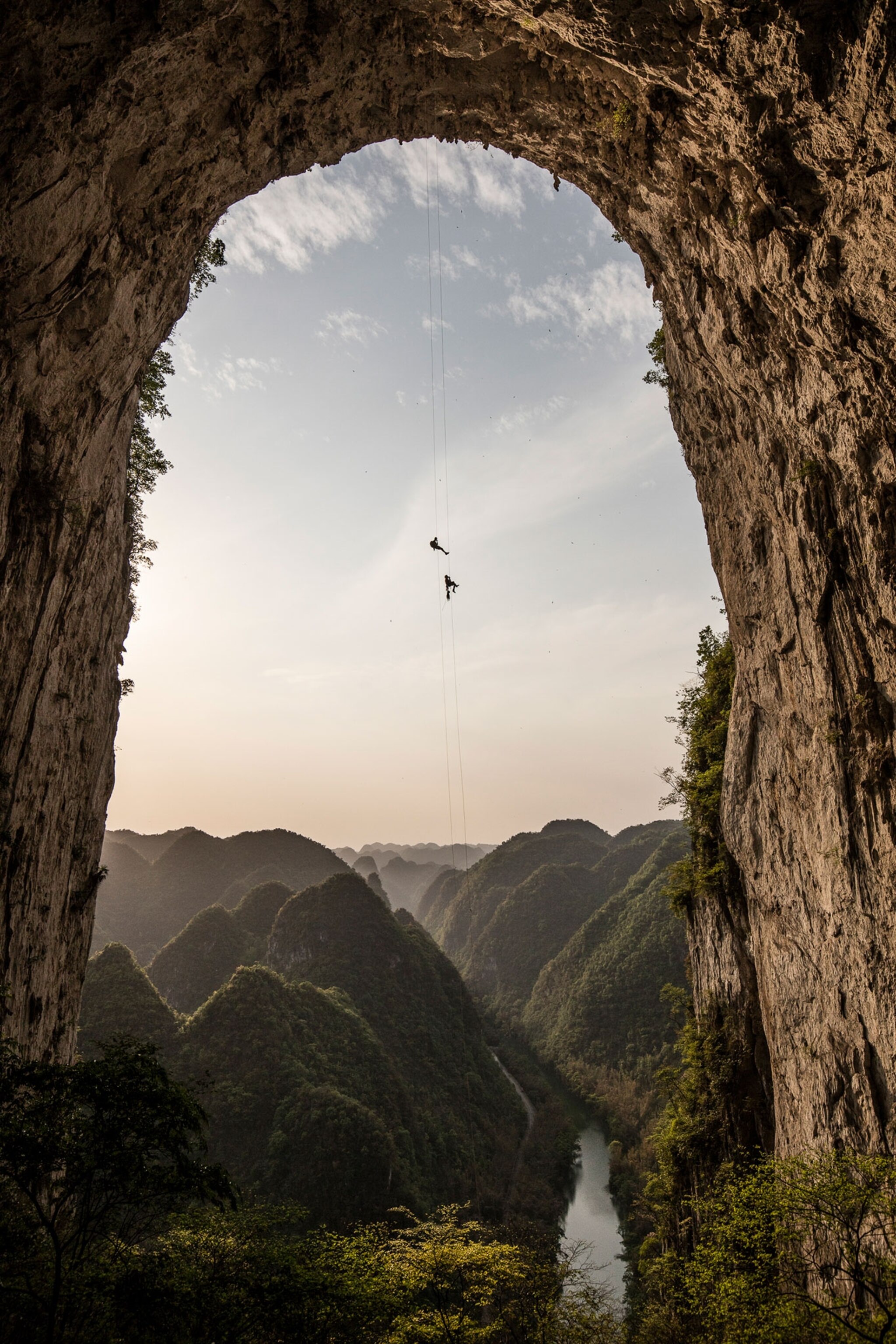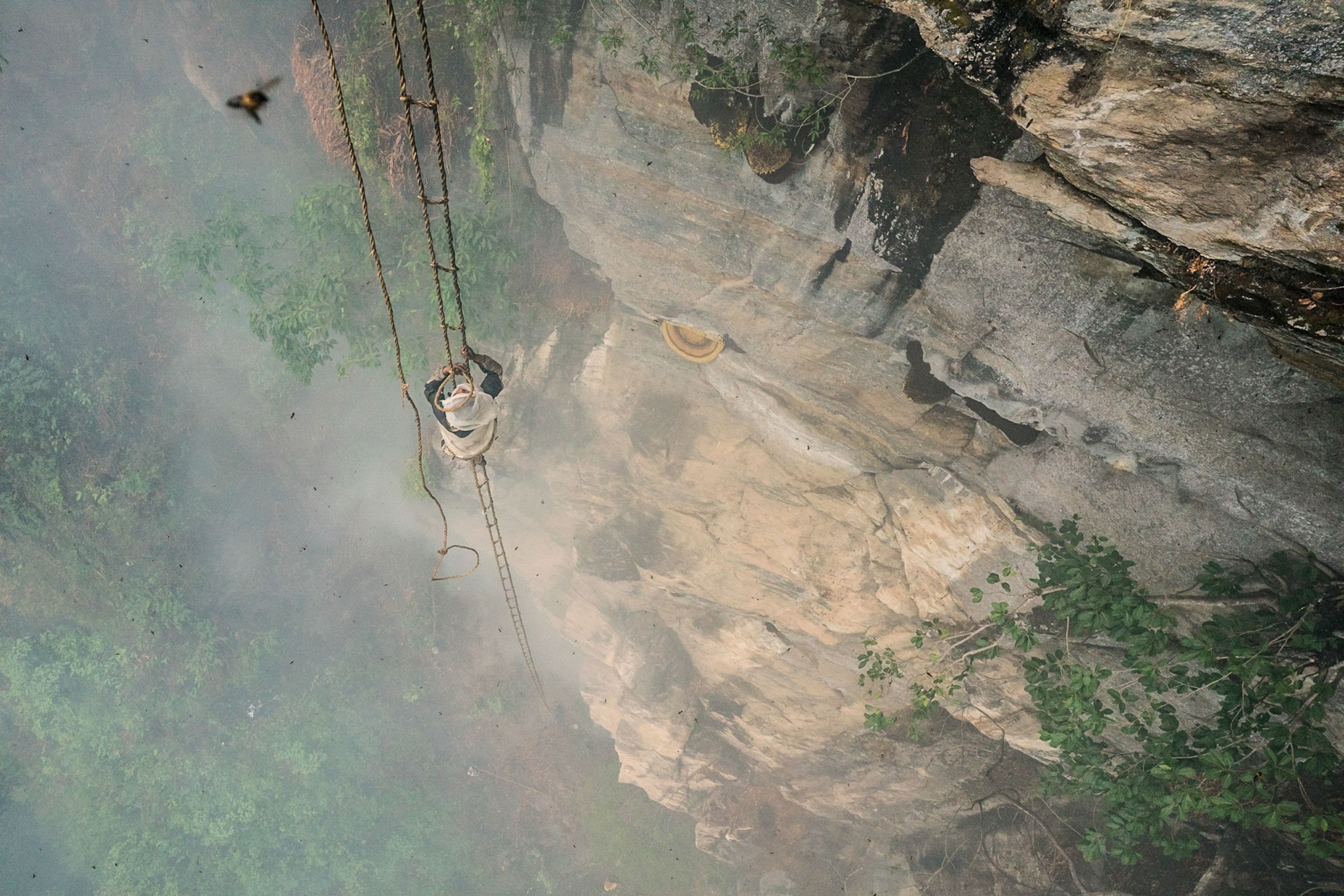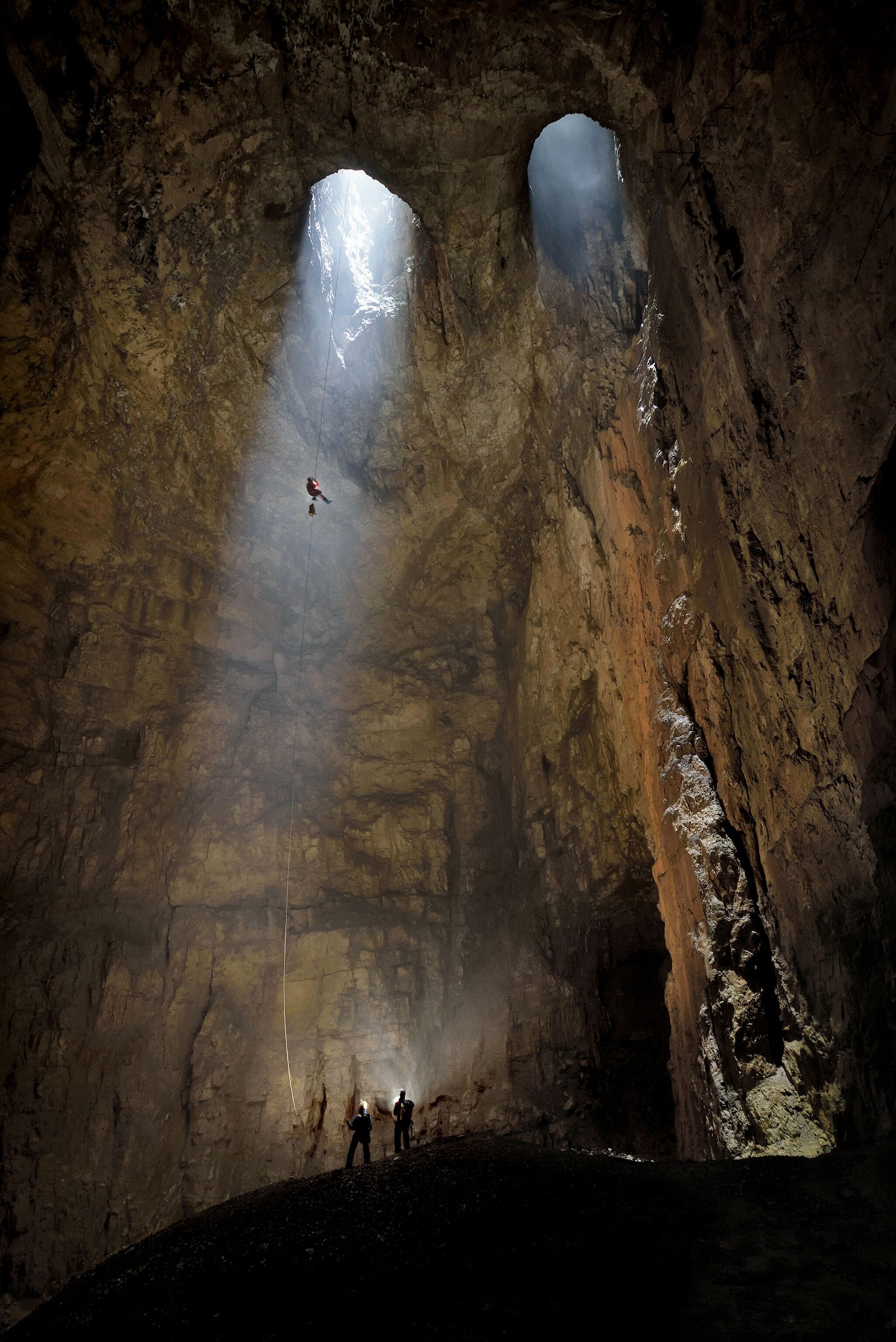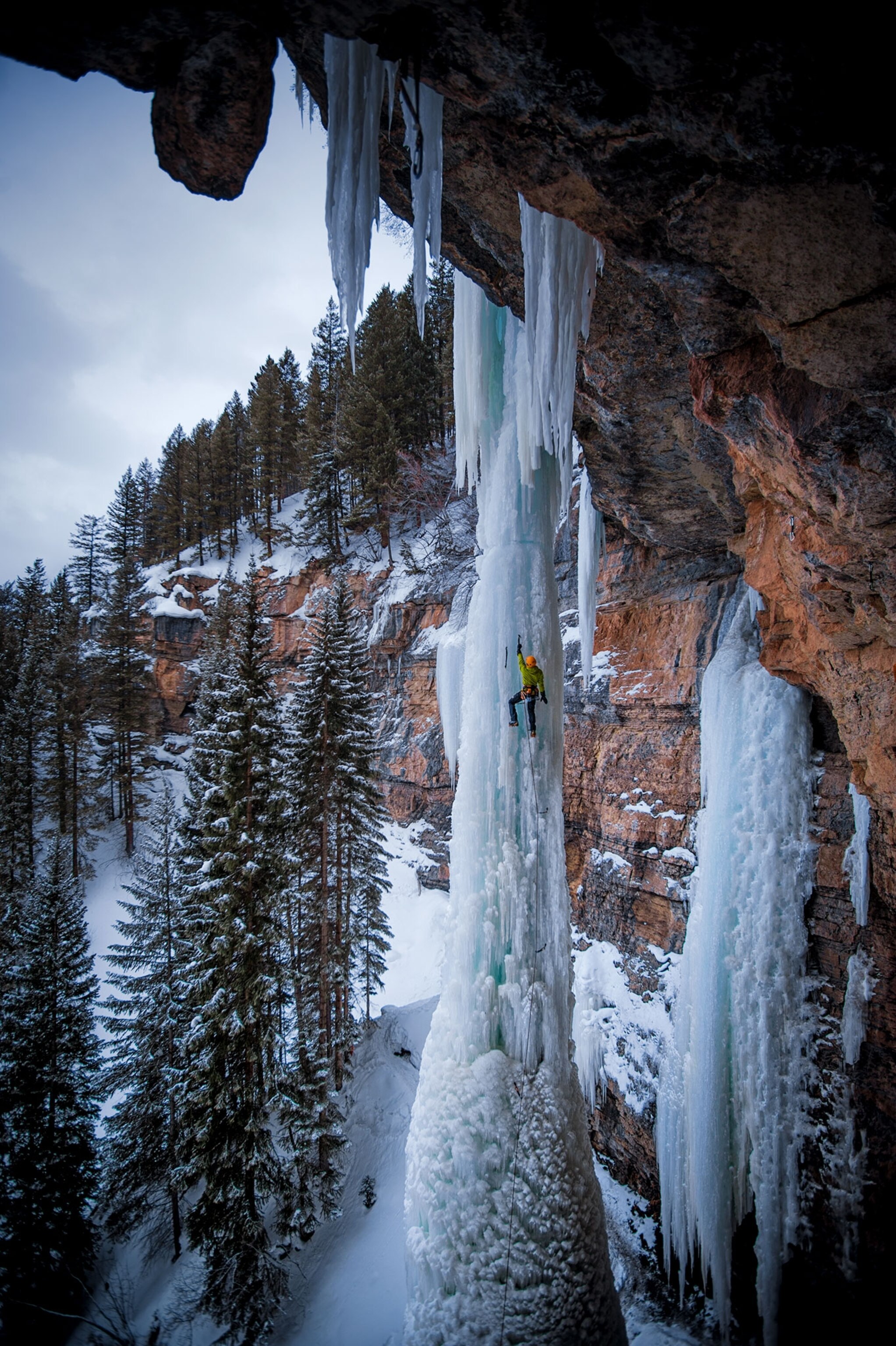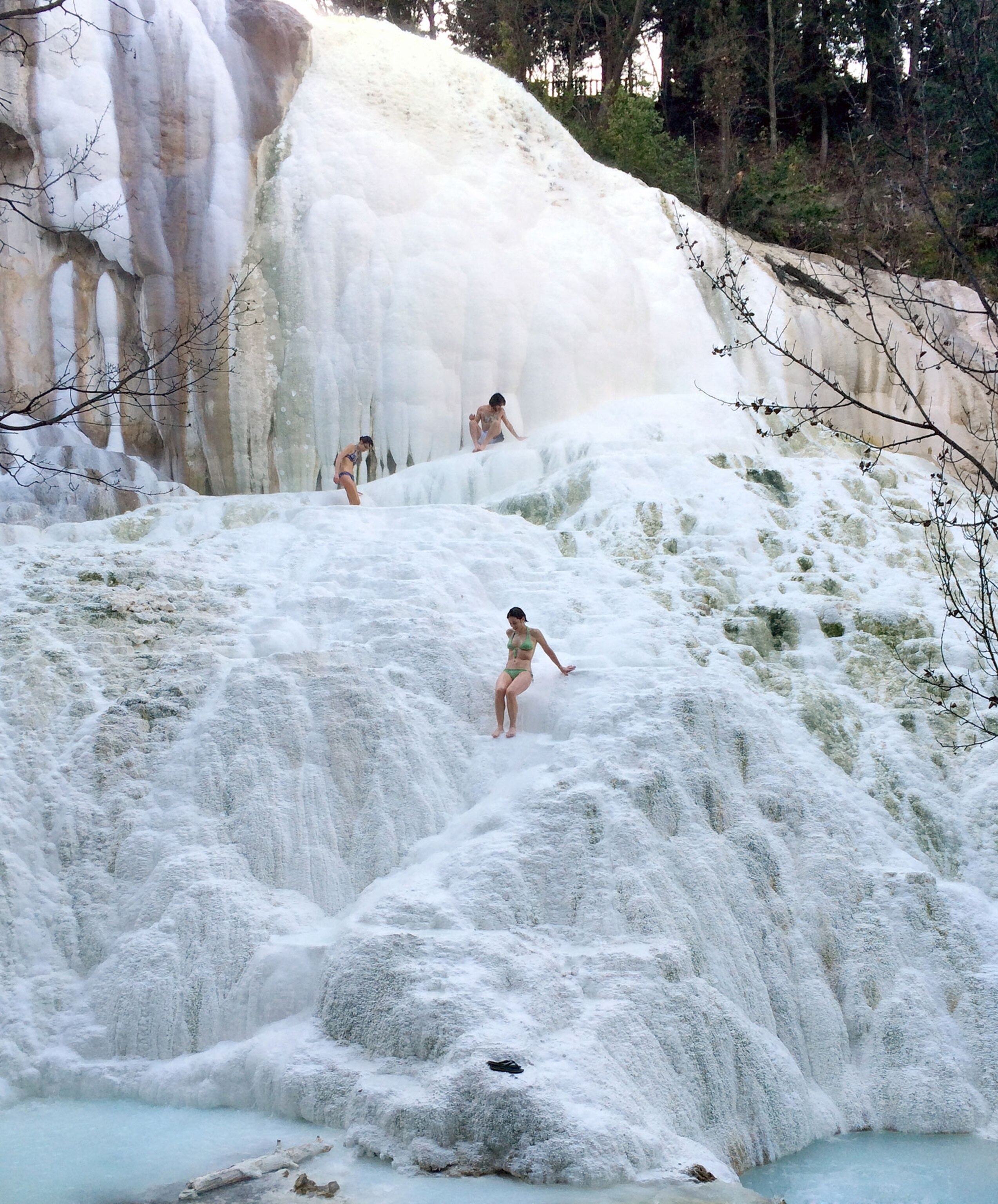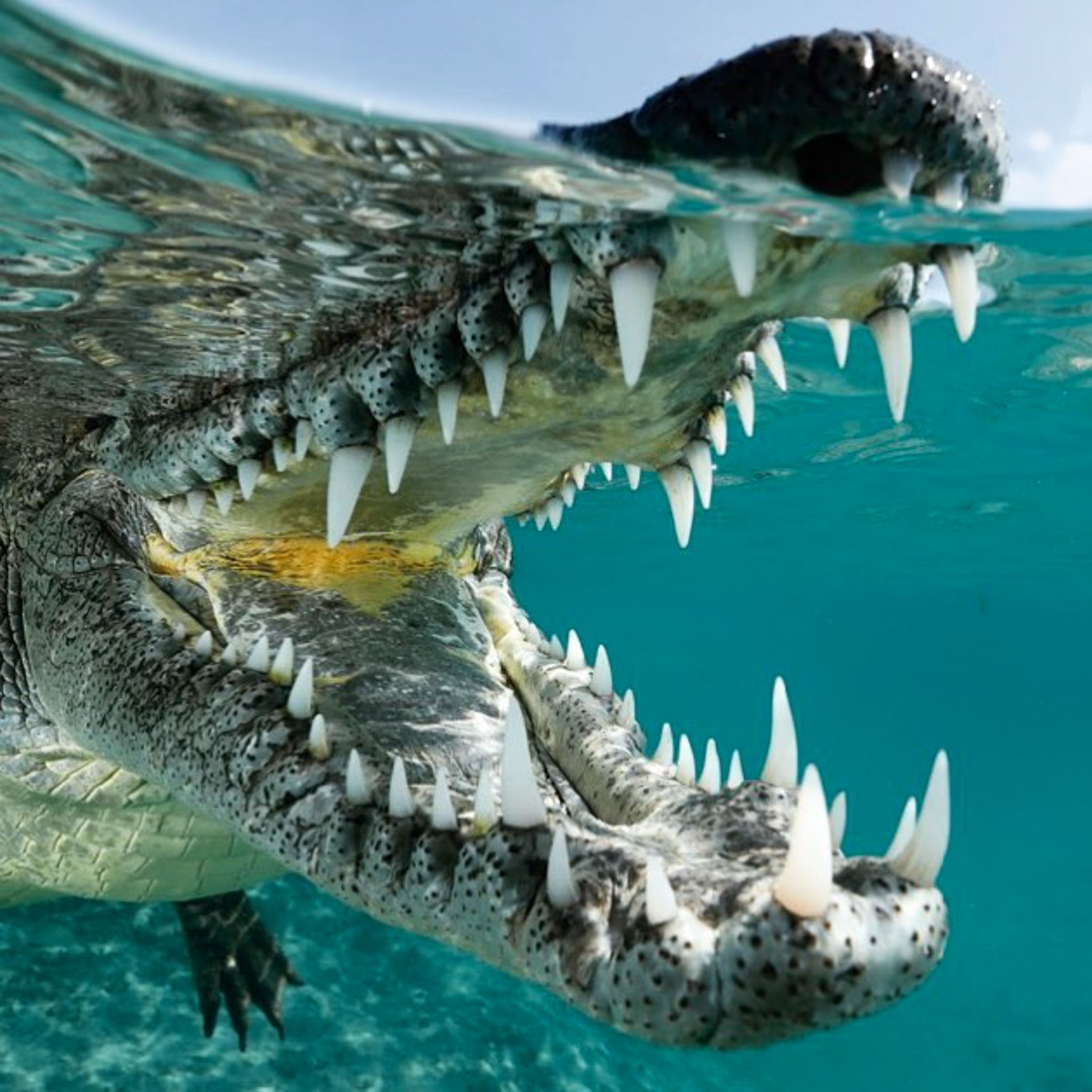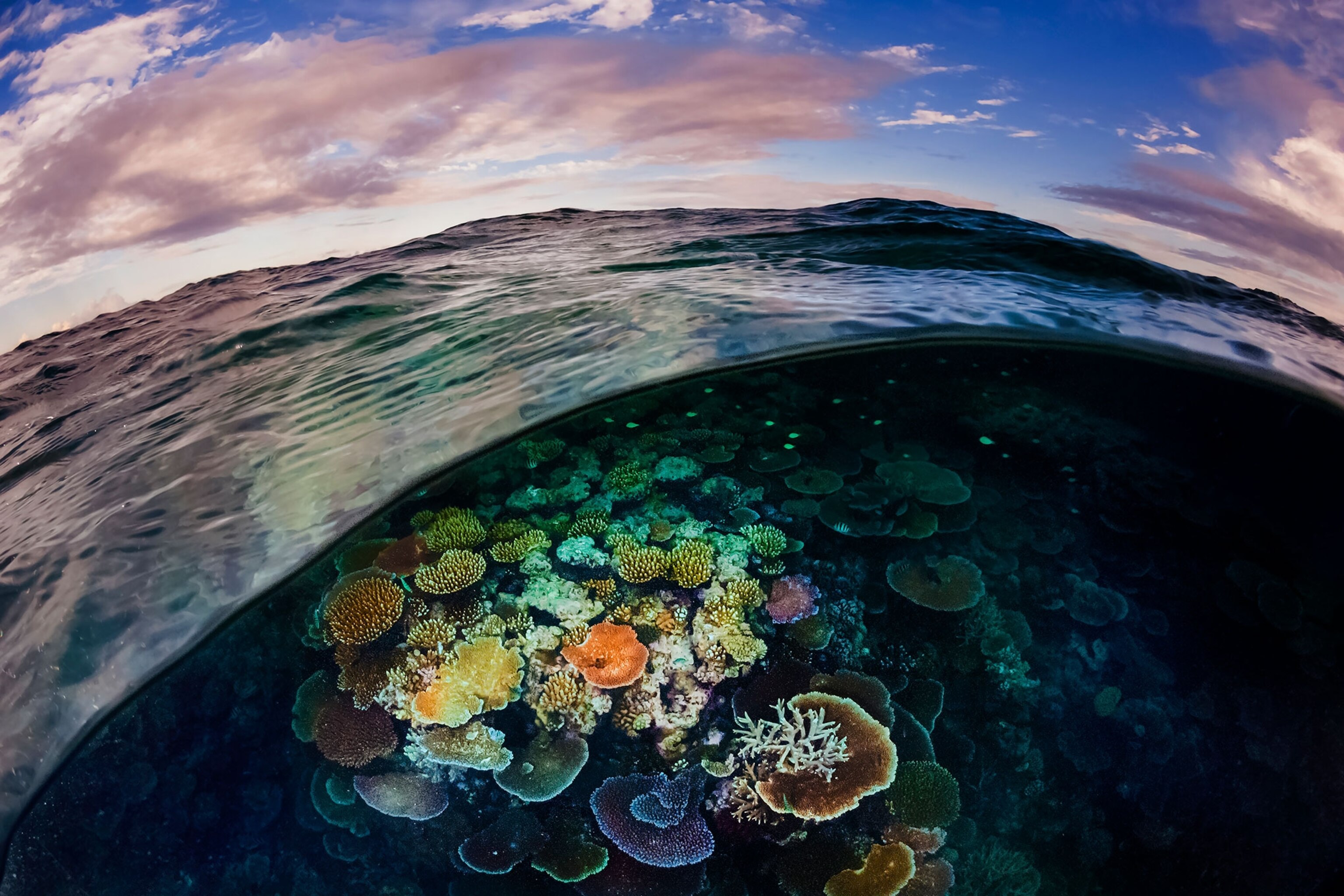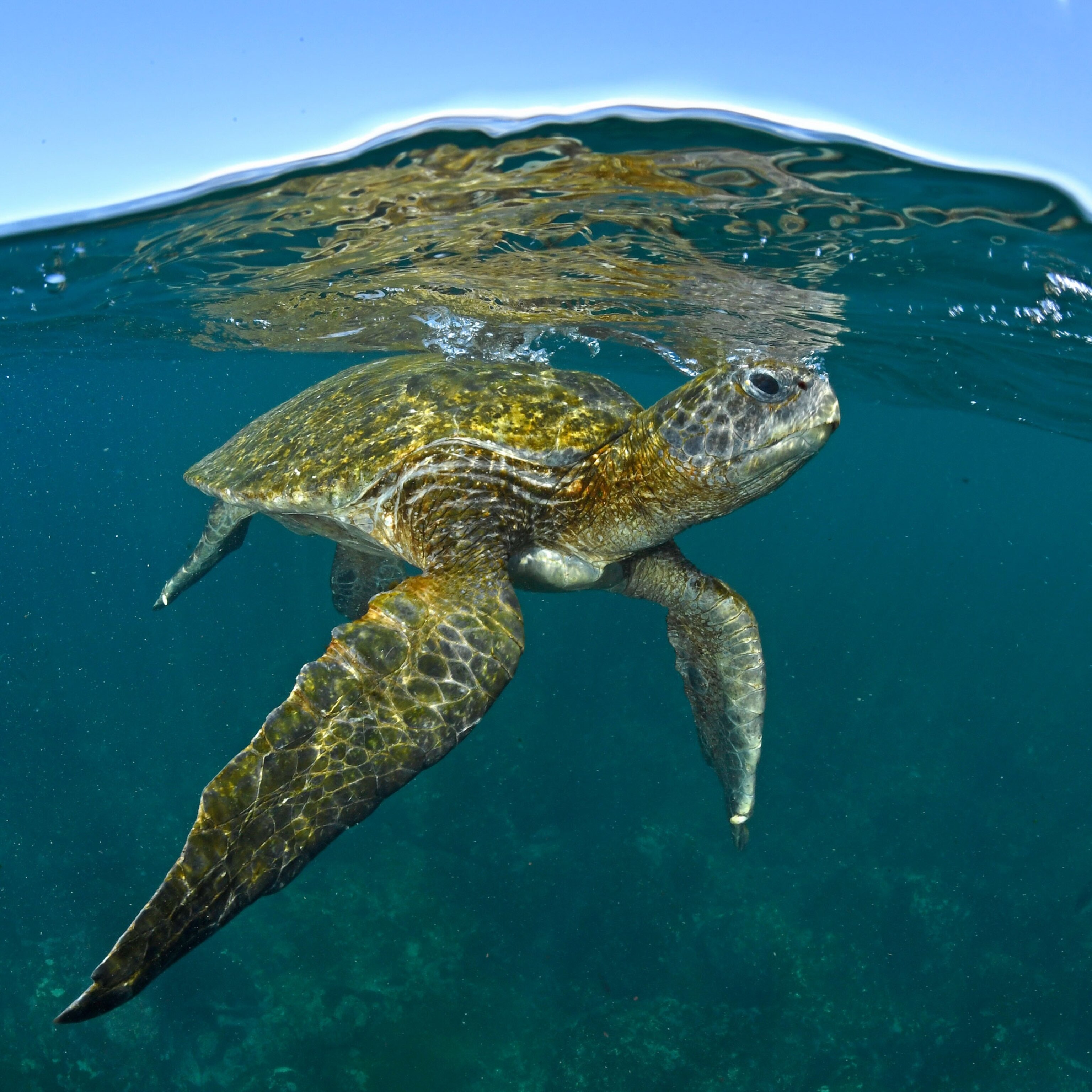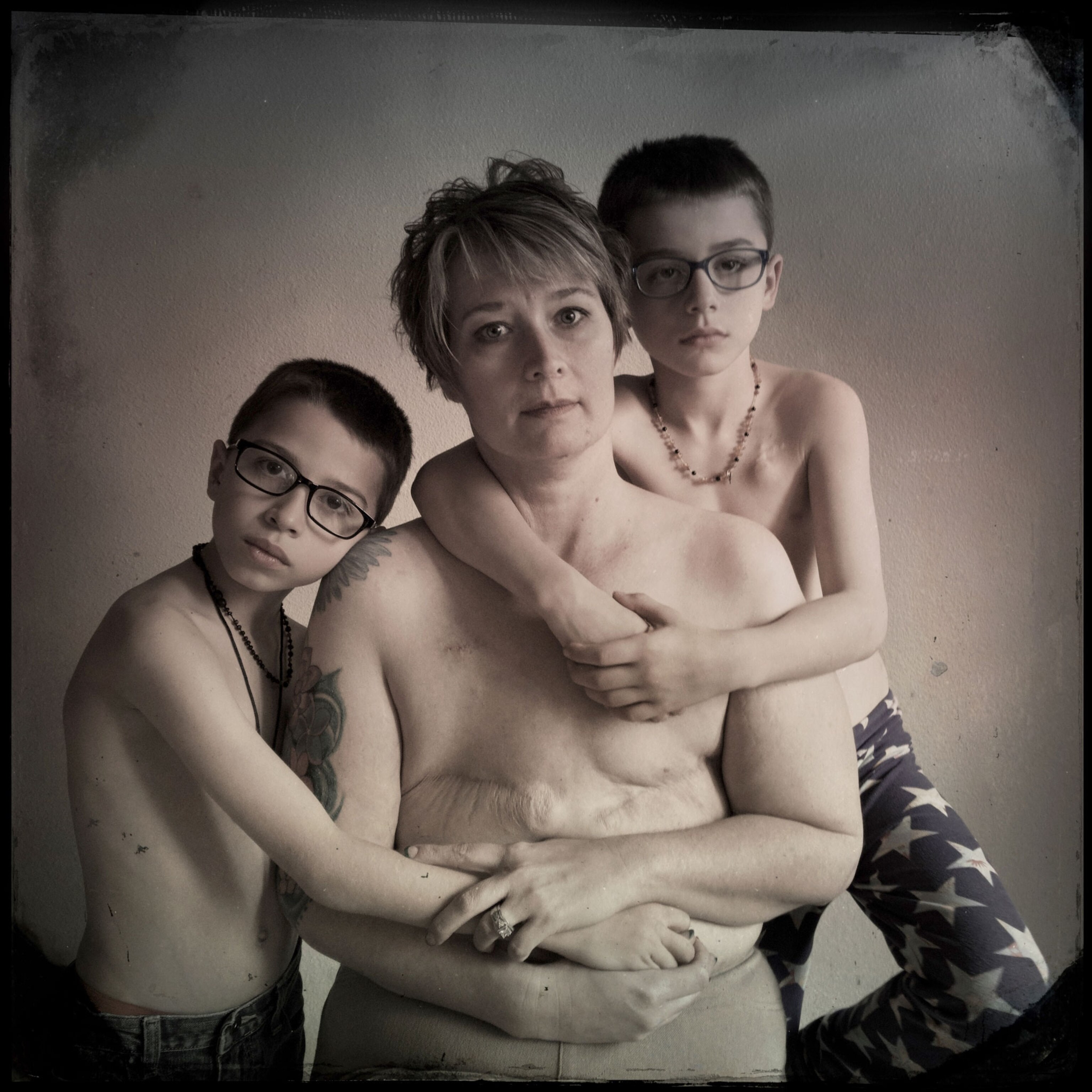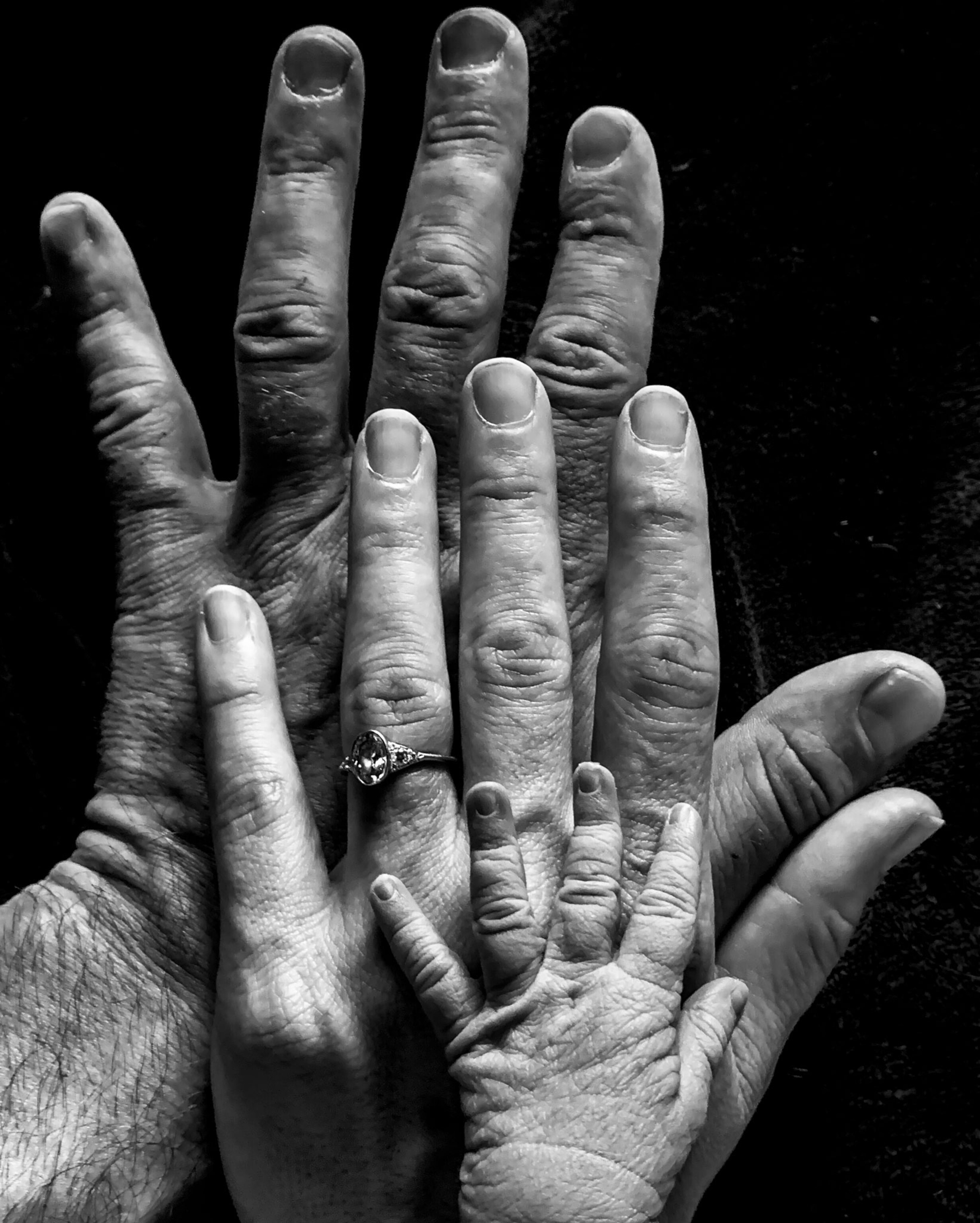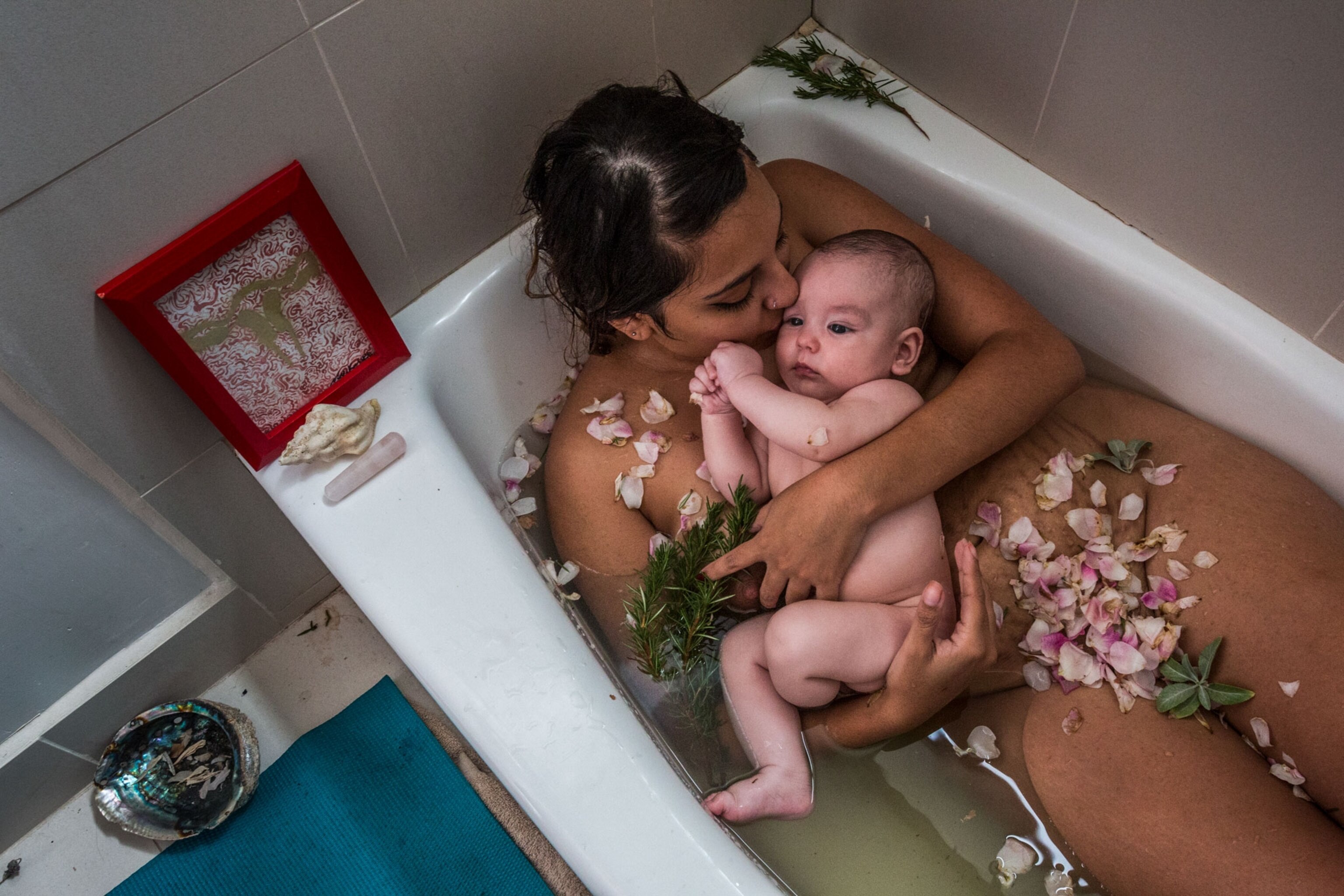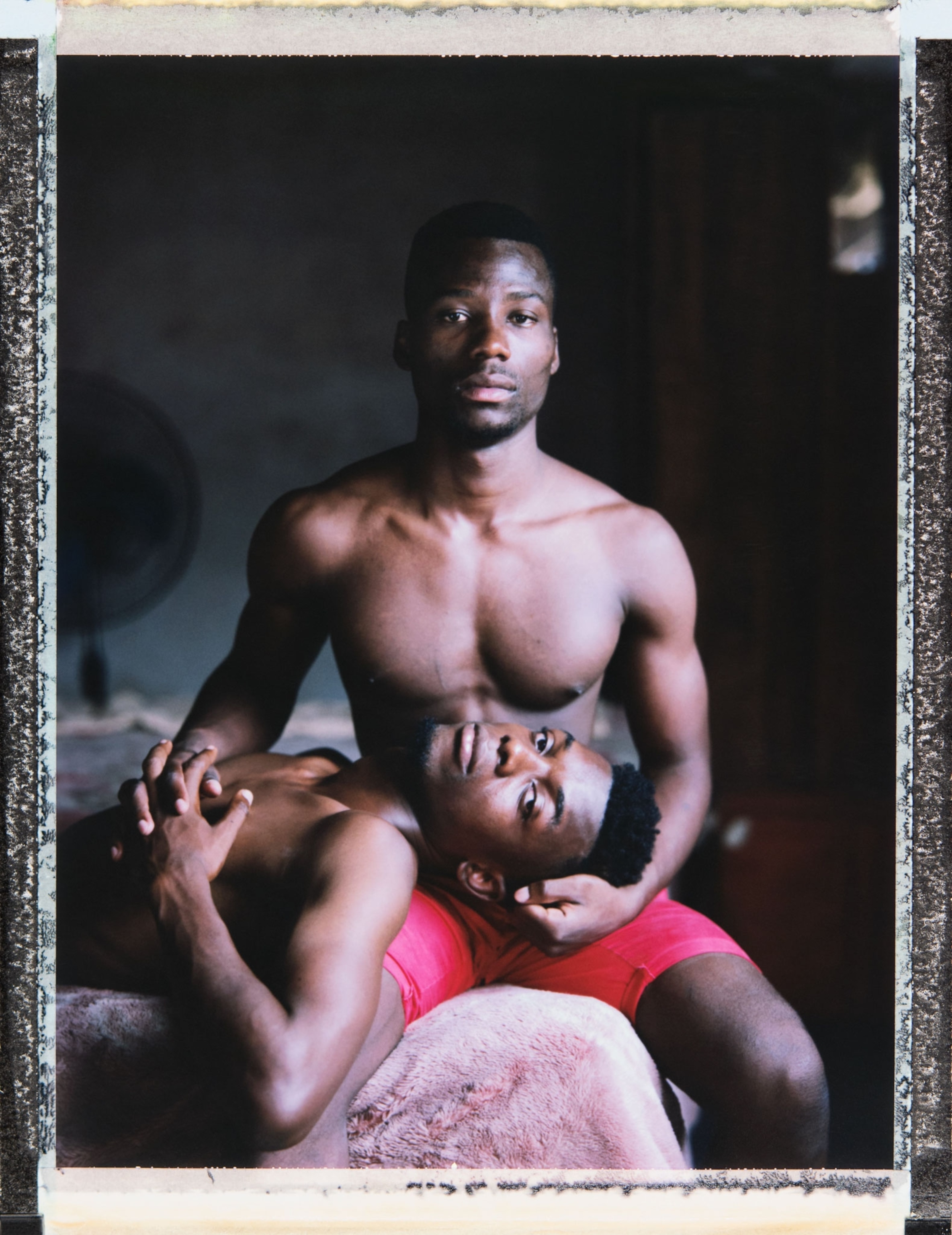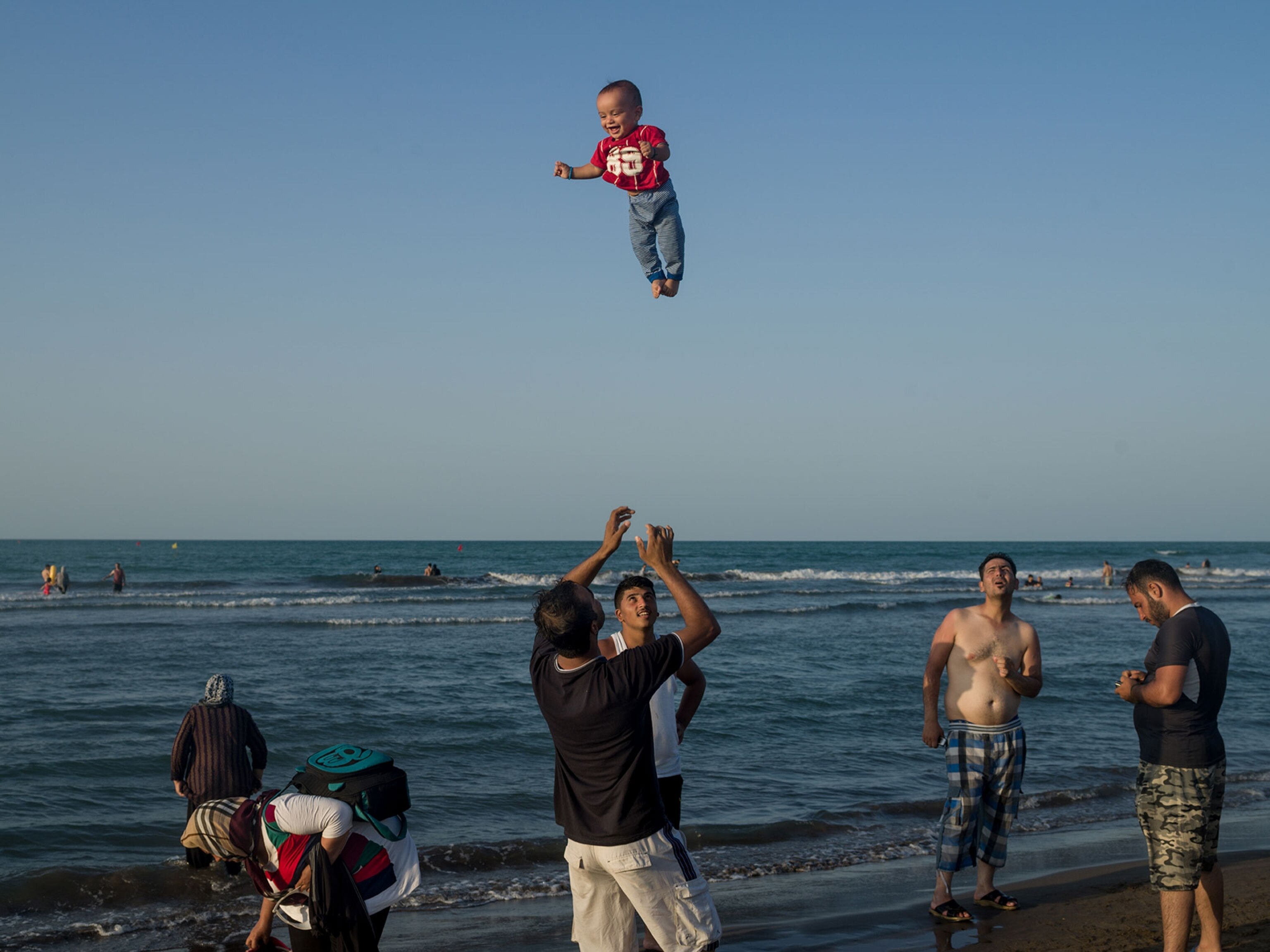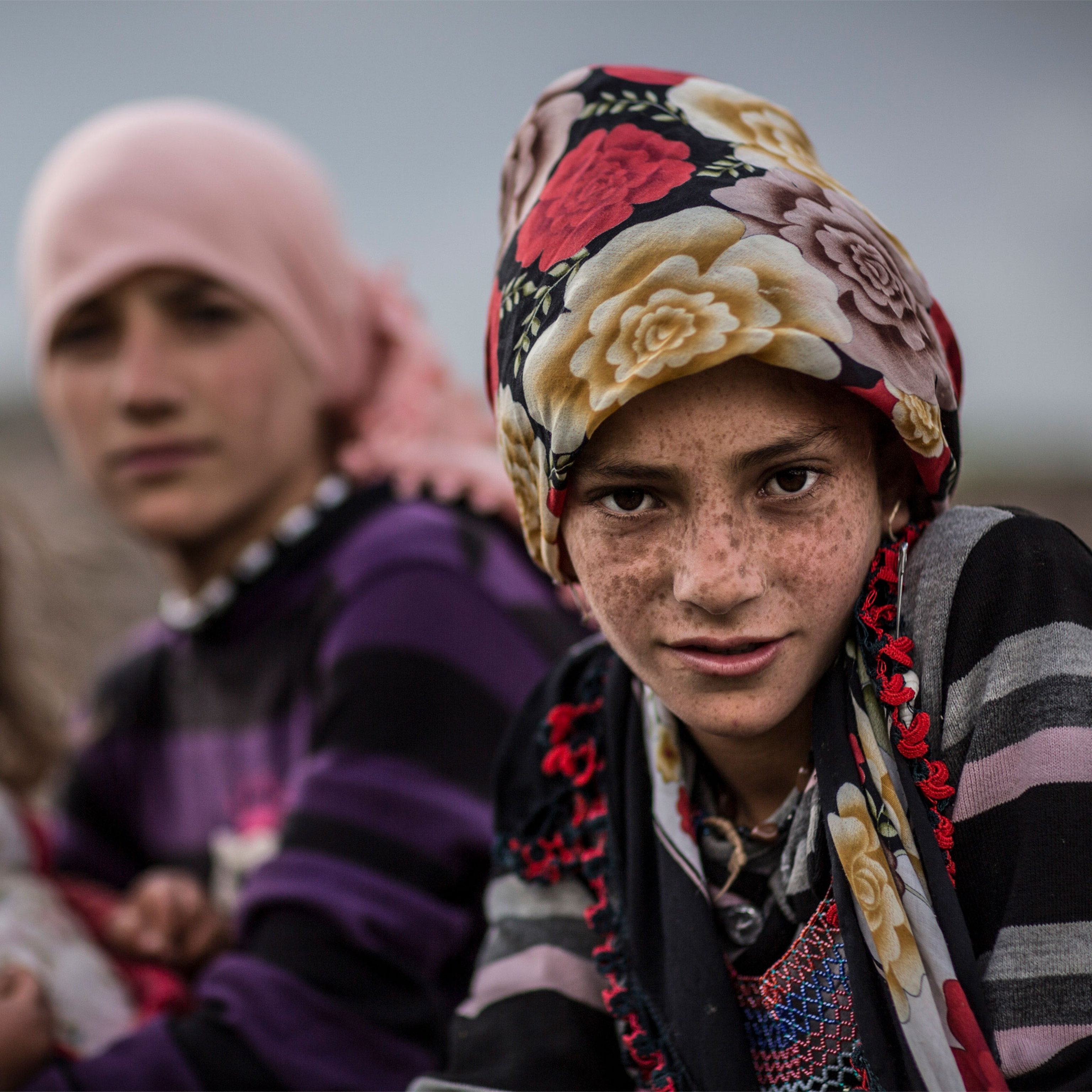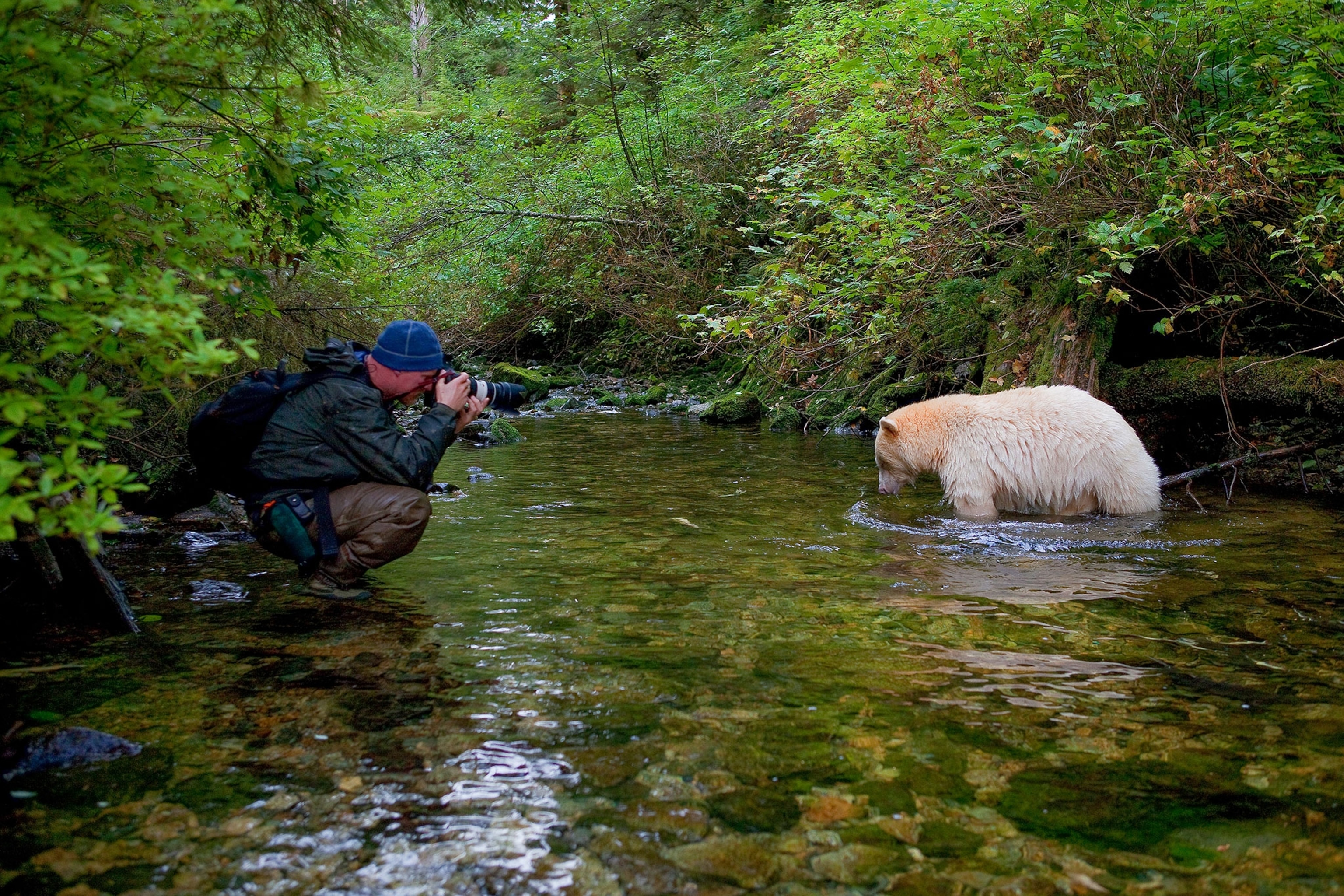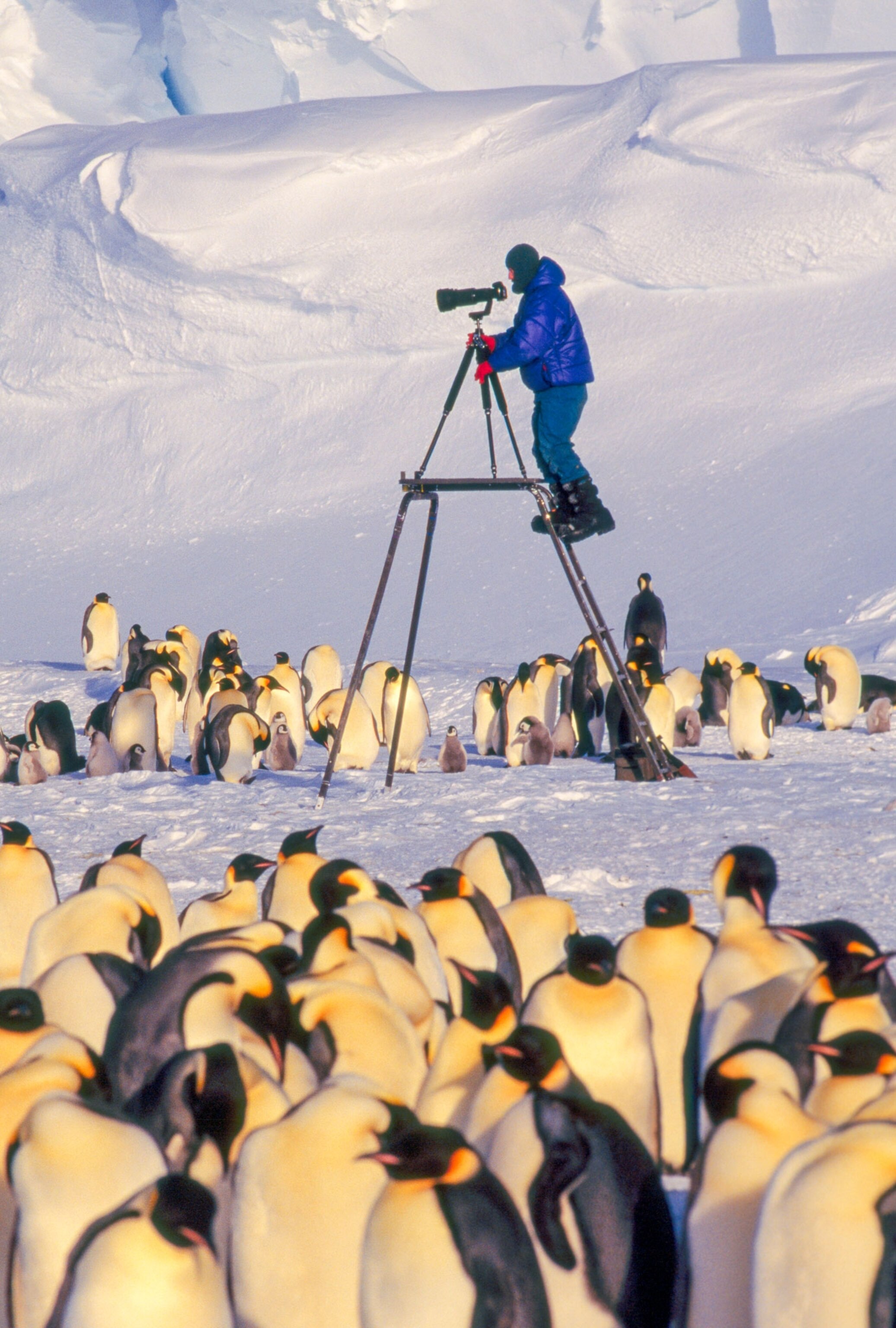
These are the photos our 100 million Instagram followers liked most
We've posted nearly 20,000 photos. These are the stories you connected with.
The @natgeo Instagram account is unfiltered and genuine. The 135 contributing photographers have shared nearly 20,000 photographs, each post detailing a stunning and intimate moment from their travels. Each image on this page received over 750,000 engagements (likes plus comments), offering a glimpse of what type of photographs and stories resonate around the world. From massive storms to curious animals, these are the stories that connect us.
Storytelling has evolved since the first National Geographic issue was published more than 130 years ago. Initially, a photograph’s journey from camera to subscriber was long, with photographers rarely receiving feedback from readers. Now, with Instagram, photographers can share their work directly with readers. Feedback is immediate and passionate.
In the last four years, photographs on the account have received more than four billion likes and 20 million comments. Posts like Vincent Musi’s photograph of dog and human footprints in the sand has nearly one million likes and more than 3,000 comments full of personal stories. “I love the connection you can make to your audience. That’s what’s special about it. You feel like you’re part of the conversation instead of the only one talking,” says Musi.
The Human-Animal Bond
Genuine connections between man and nature
From llamas and dogs to panda bears, we depend on animals as much as they depend on us. We share this planet and its resources. Sometimes our greed and ignorance drives species to extinction, but in every instance, individuals step in to protect those unable to speak for themselves.
Curious Animals
Humans aren't the only ones with inquiring minds
Humans are odd creatures, especially National Geographic photographers. It’s no wonder that animals in remote corners of the world stop to investigate our photographers and their cameras. From clown fish to polar bears, it almost looks like they’ve come to say hello.
Looking Up
Moments when our world and the heavens collide
The heavens have long mystified and moved us. The Milky Way, eclipses, and double rainbows remind us of forces much larger than ourselves.
Precarious People
The risk behind every discovery
Remarkable accomplishments and discoveries often necessitate risk. Facing and accepting these challenges propel us forward, while humbling us—reminding us how small, yet courageous humans can be.
At Sea Level
The unknown world under the waves
More than 70 percent of the Earth is covered by water and humans have only explored a fraction of it. With waterproof cameras, National Geographic photographers have figured out how to merge our world with the mysterious one below.
The Human Experience
The challenge and joy of embracing life
Some threads of the human experience are universal: the preciousness of a newborn; the difficult journey of healing; and the pangs of a heart in love. Photographs of individuals making their way through life resonate across cultures as we brave this world together.
Photographers at Work
Traversing the world to capture the photograph
National Geographic photographers seek out apex predators, scale cliffs, and endure the unforgiving arctic cold to capture the perfect photograph. Occasionally, followers get a glimpse of their high jinks and what it looks like to chase stories around the world.


